Hungary Spring Workshops 2018
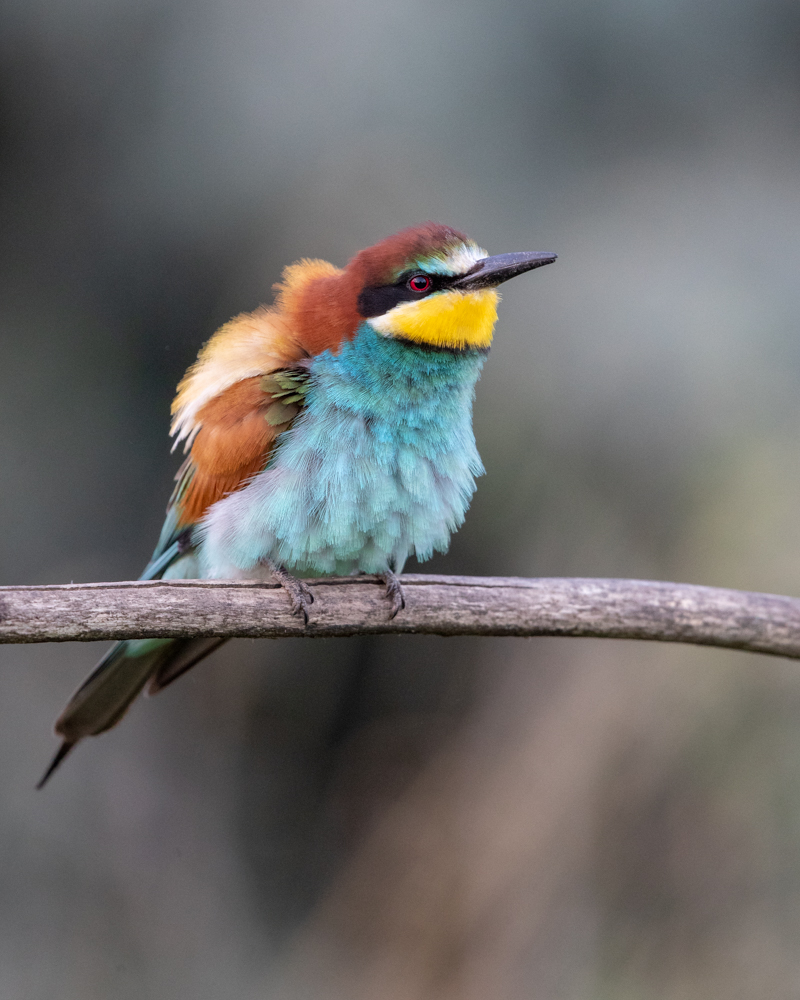
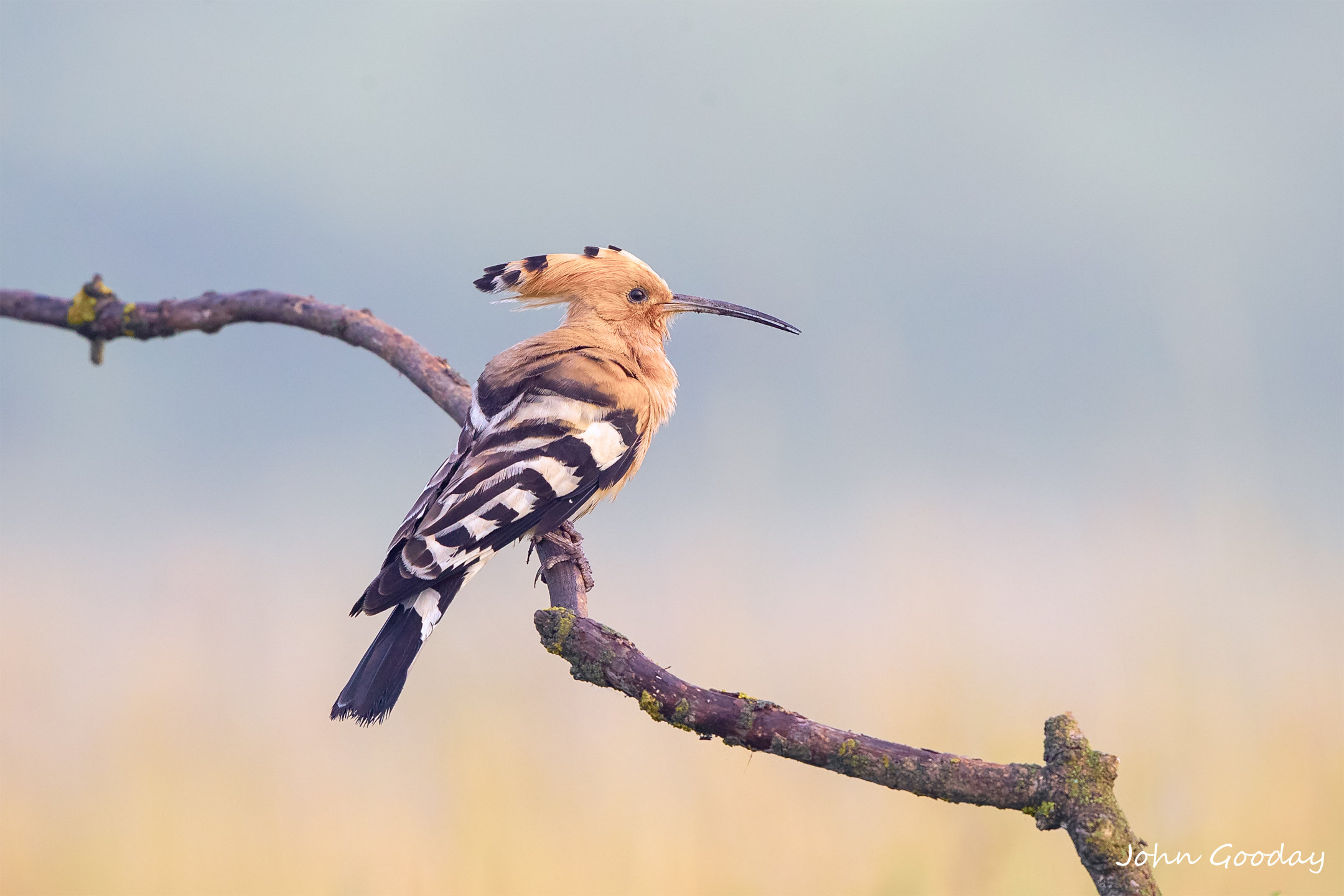
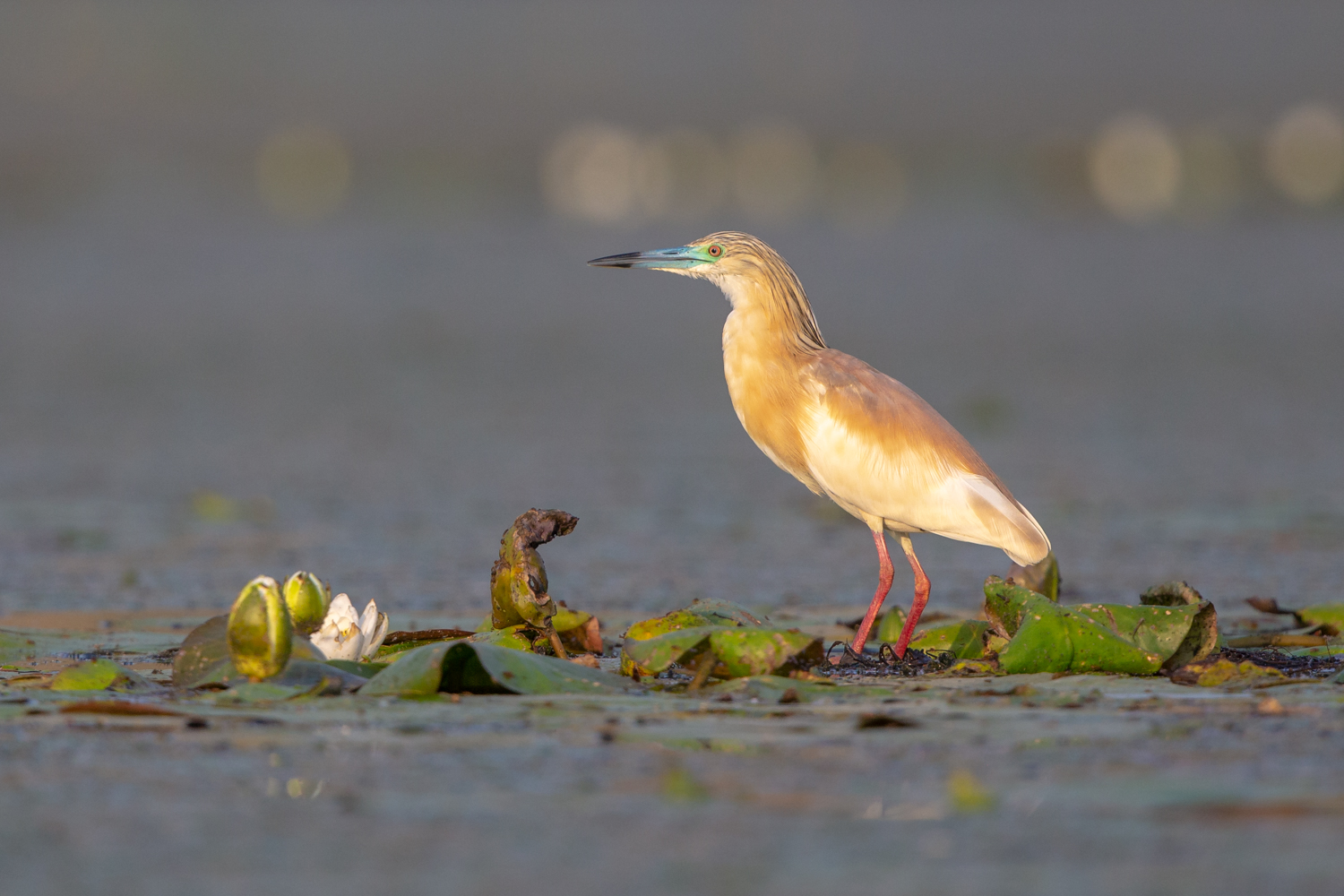
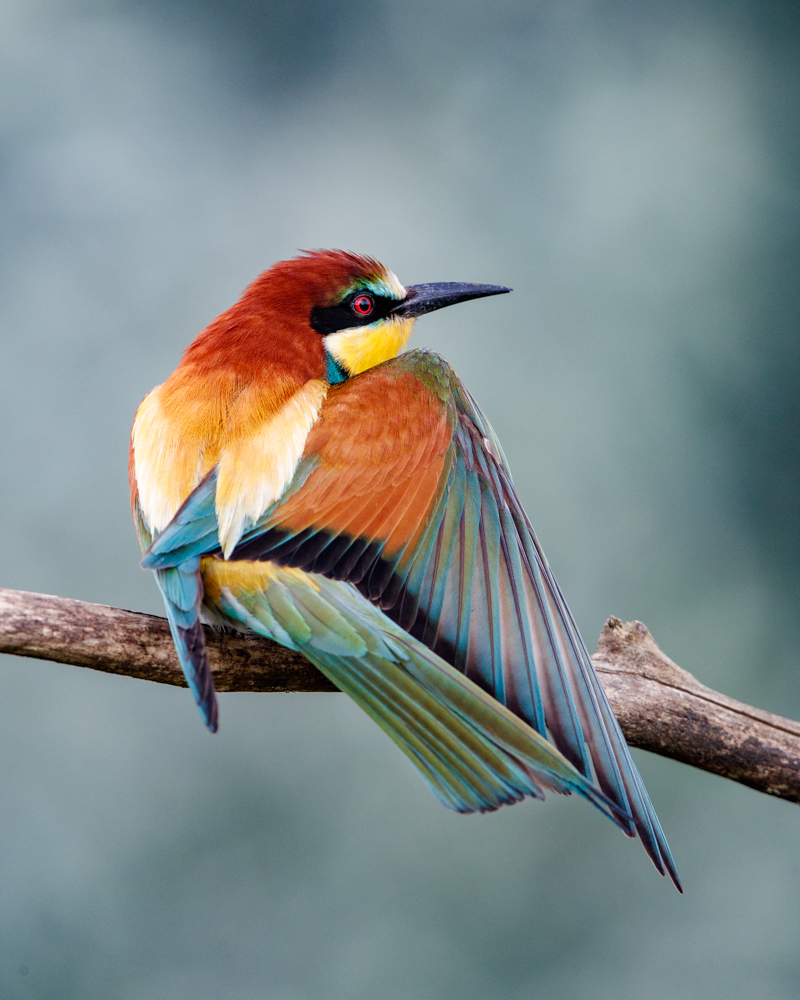
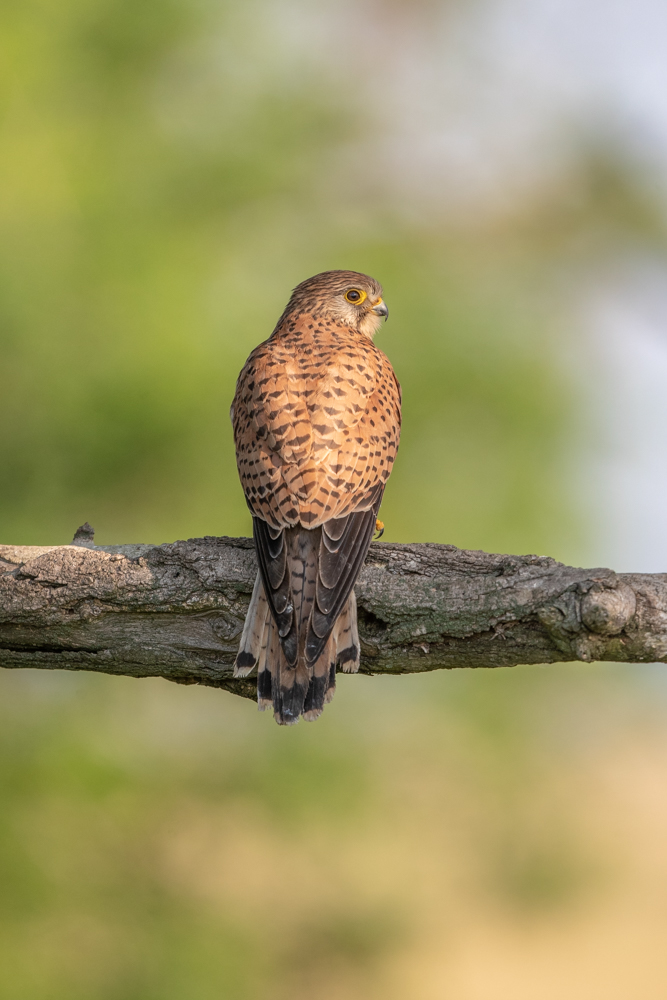
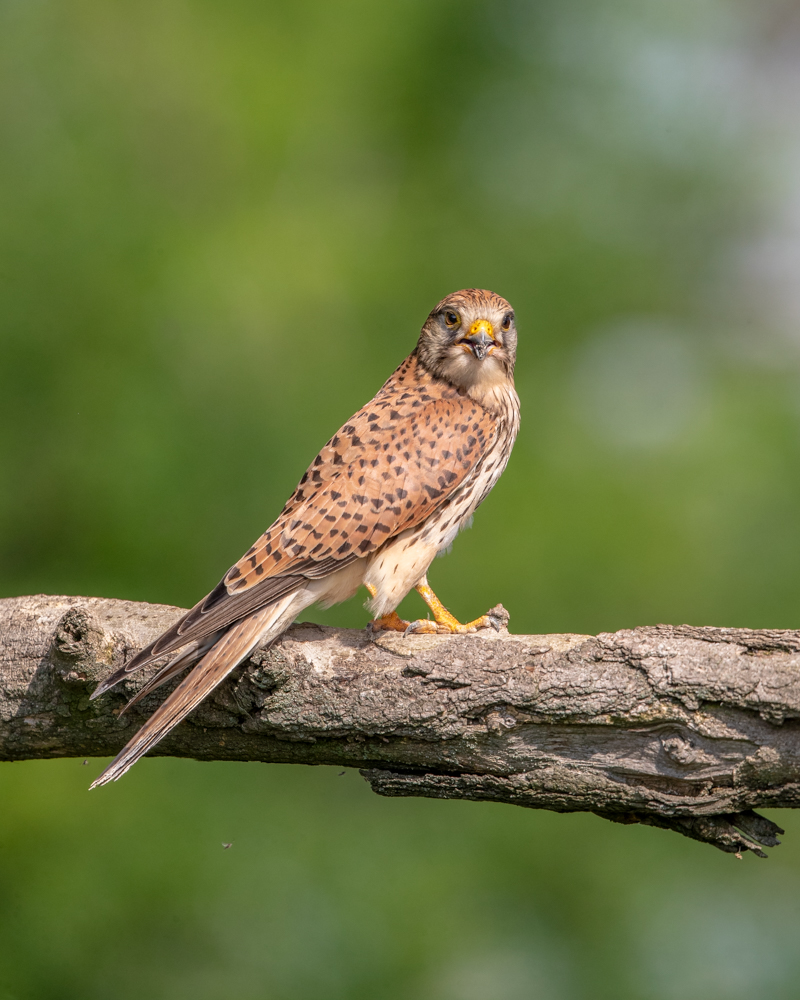
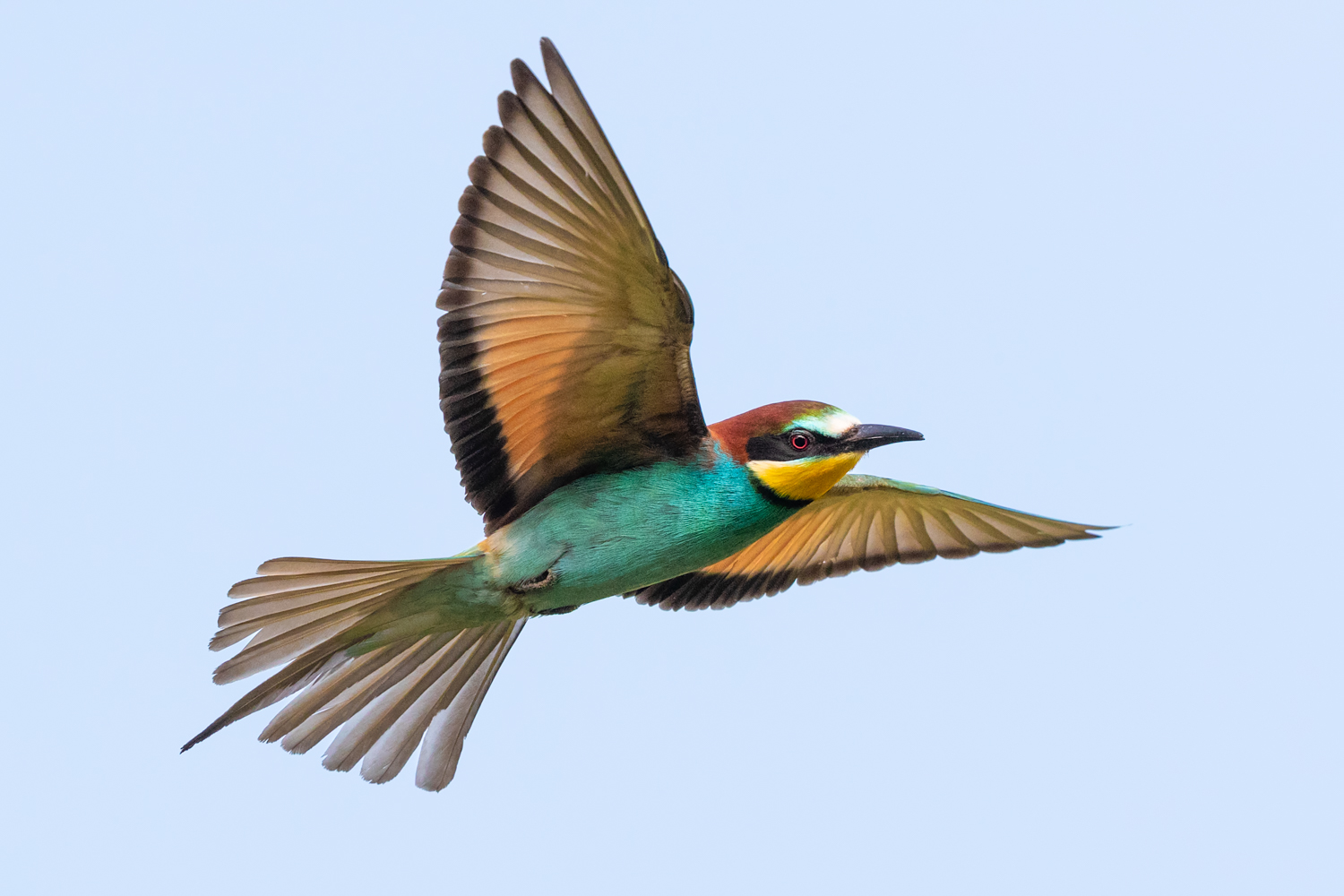
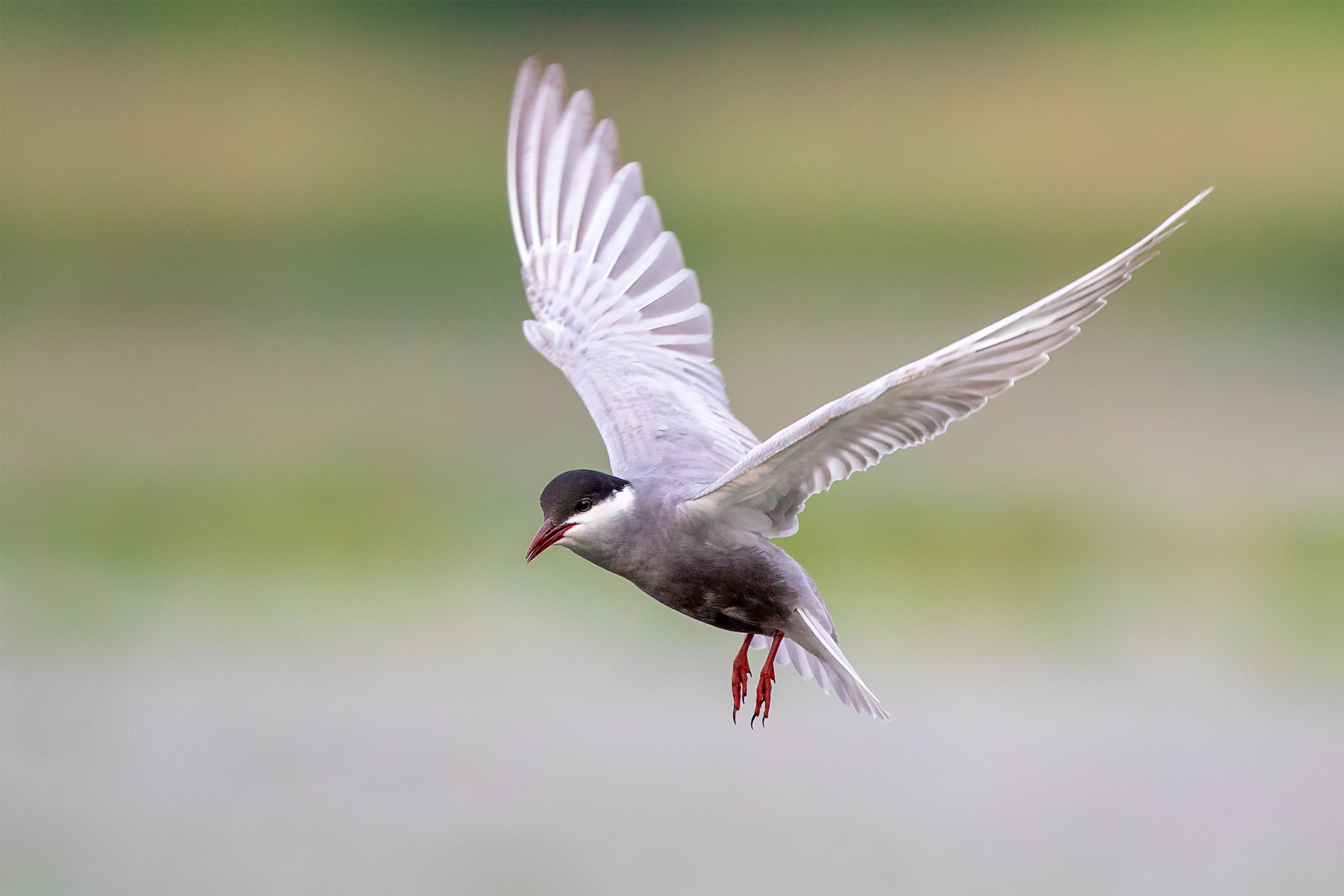
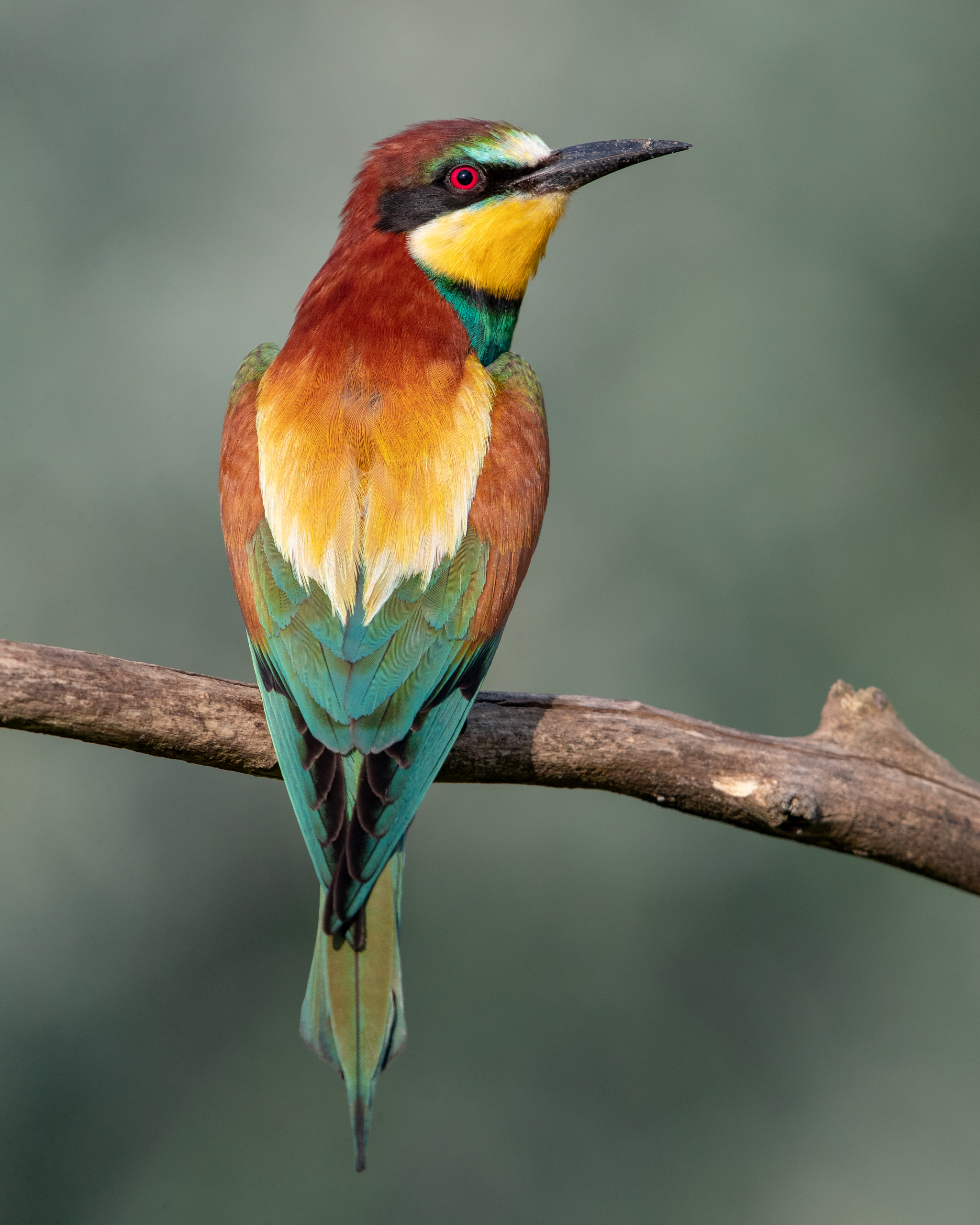
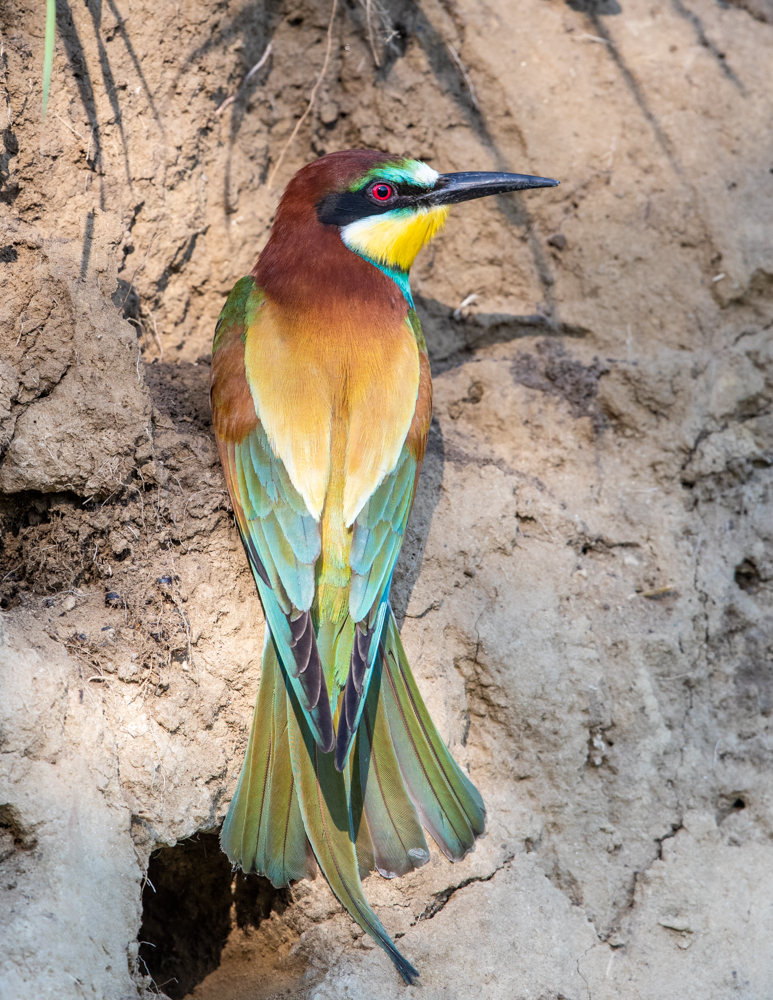
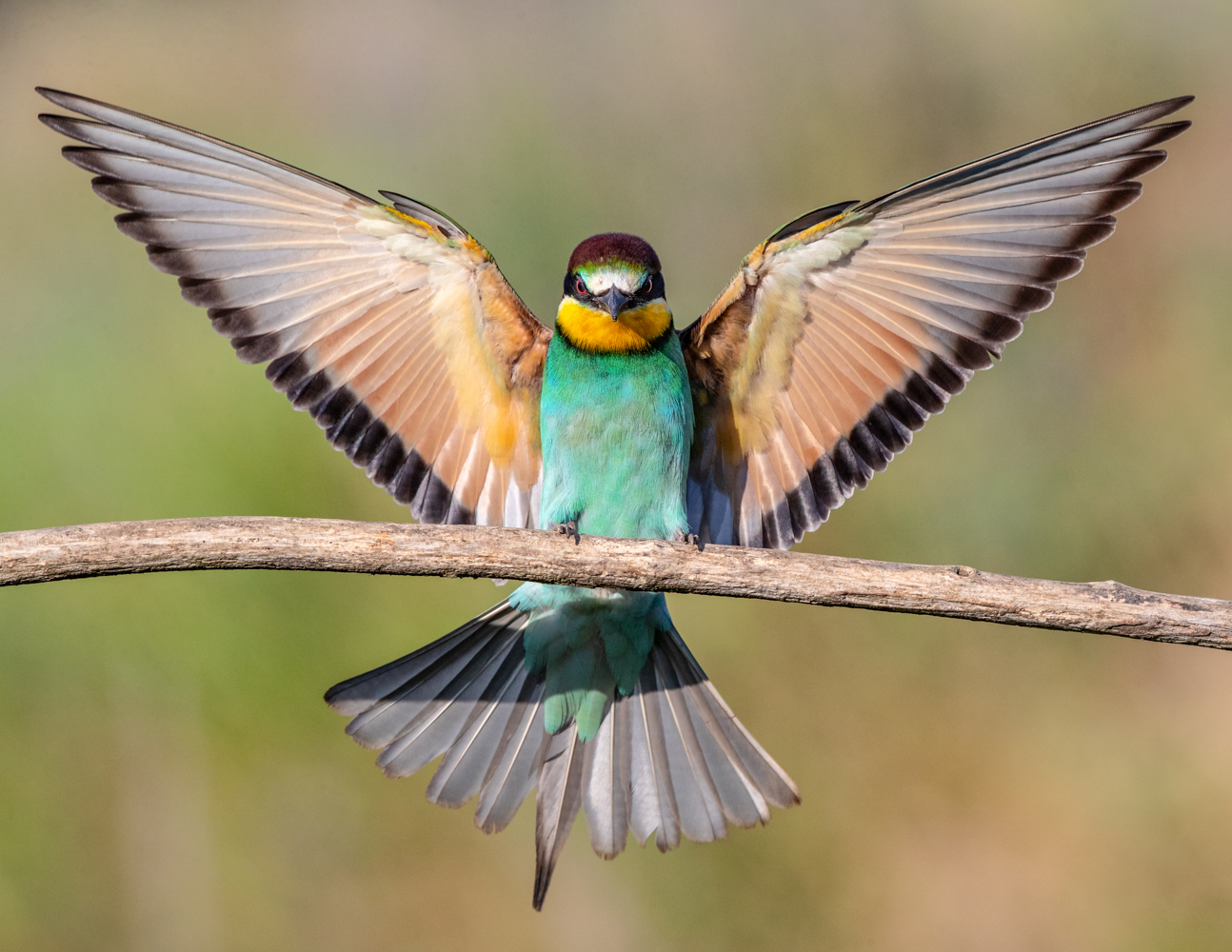
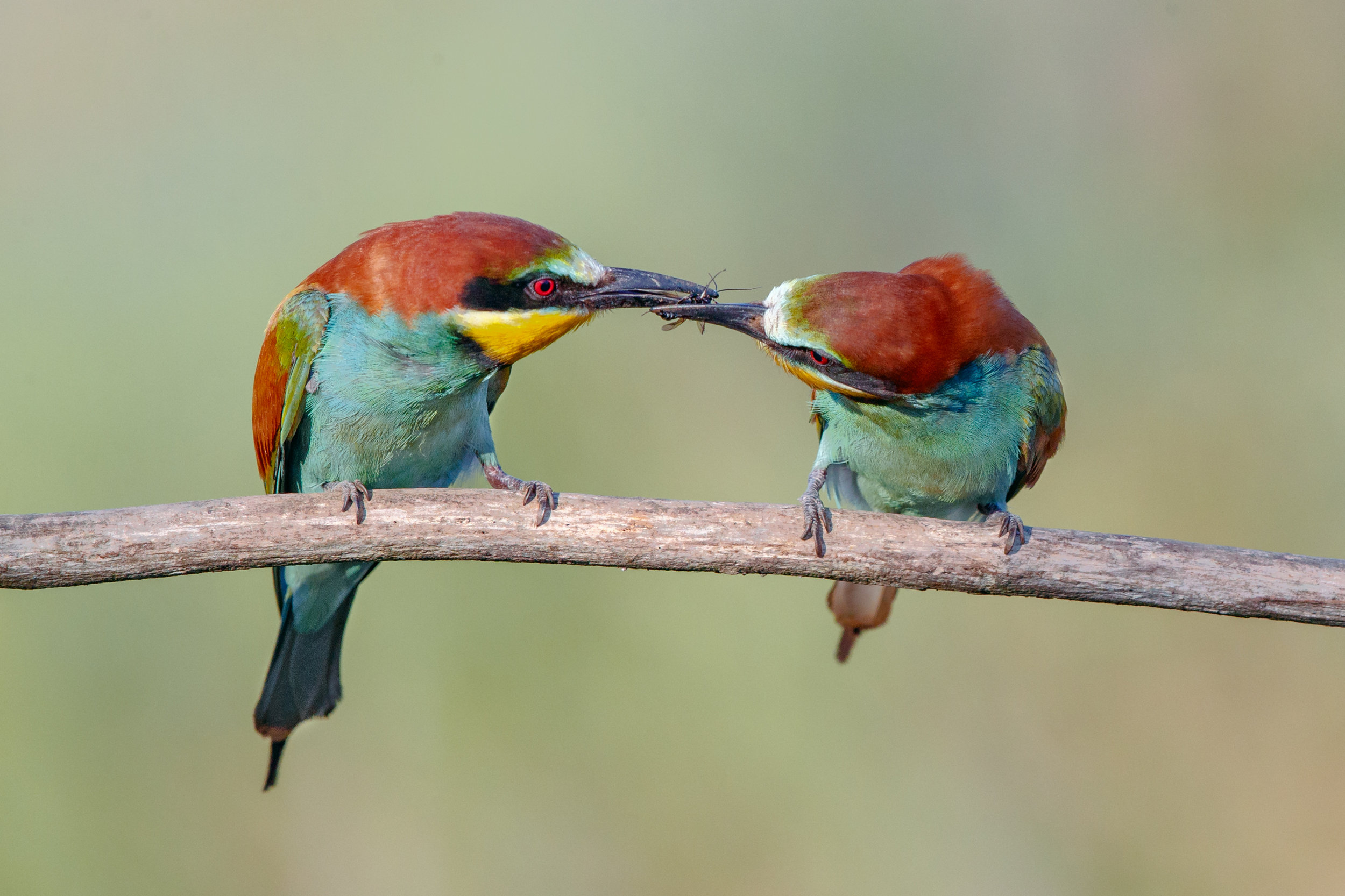
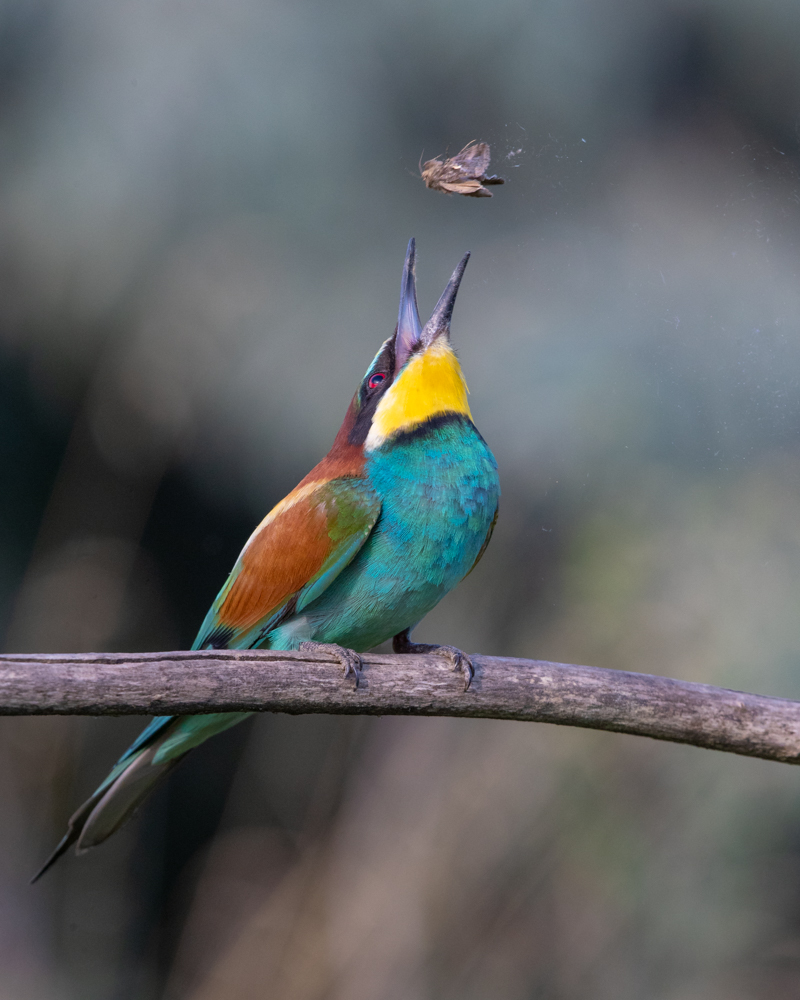
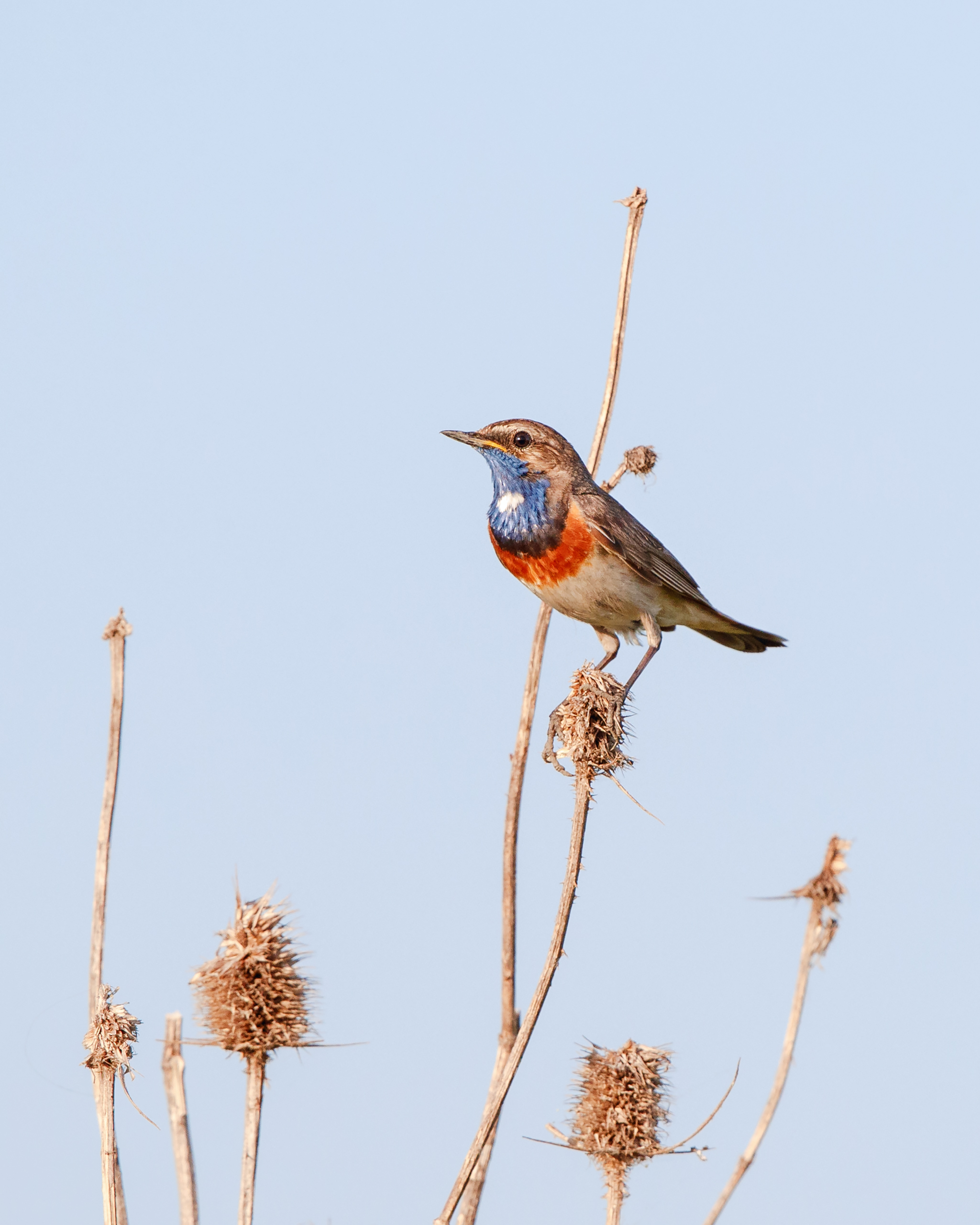
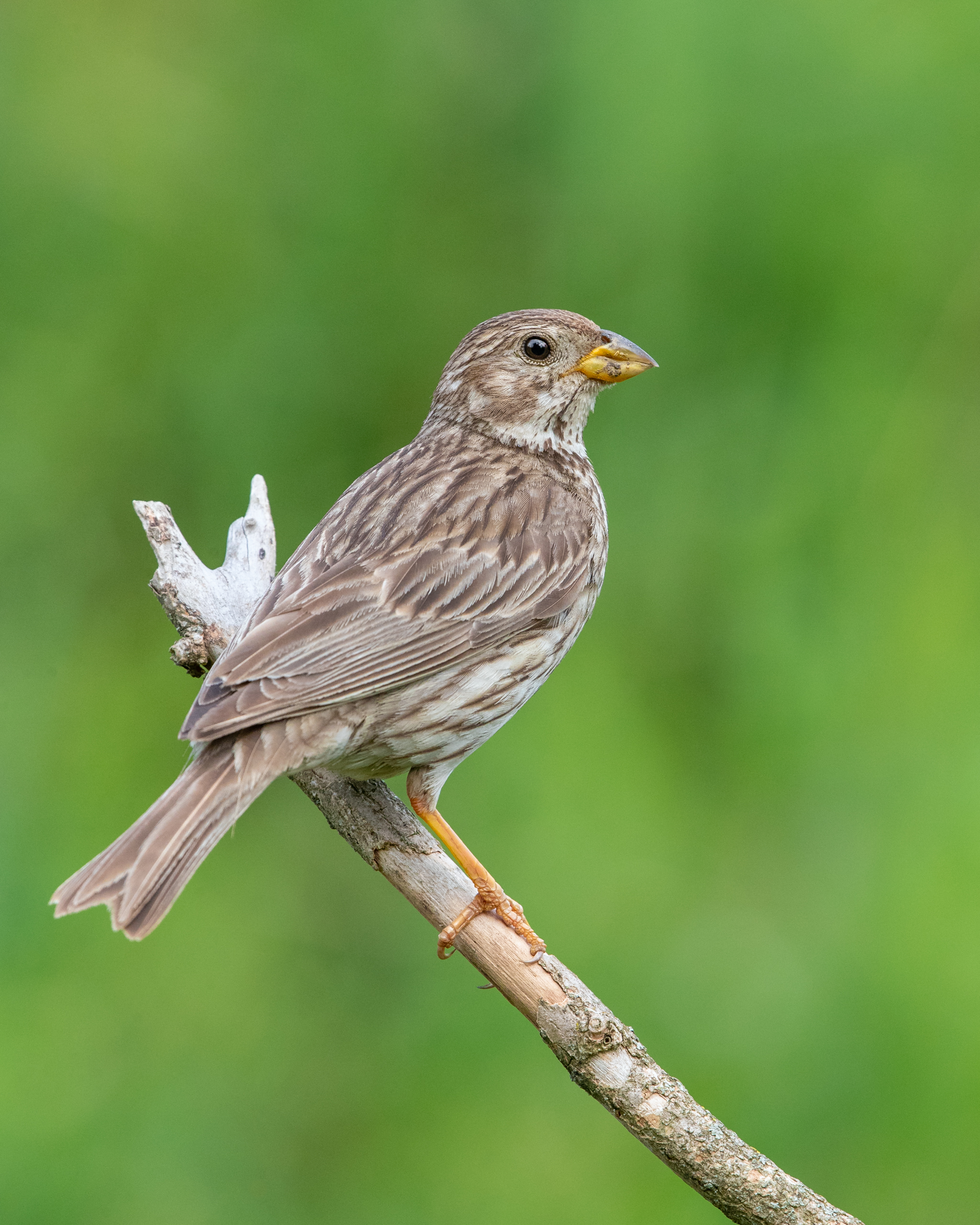

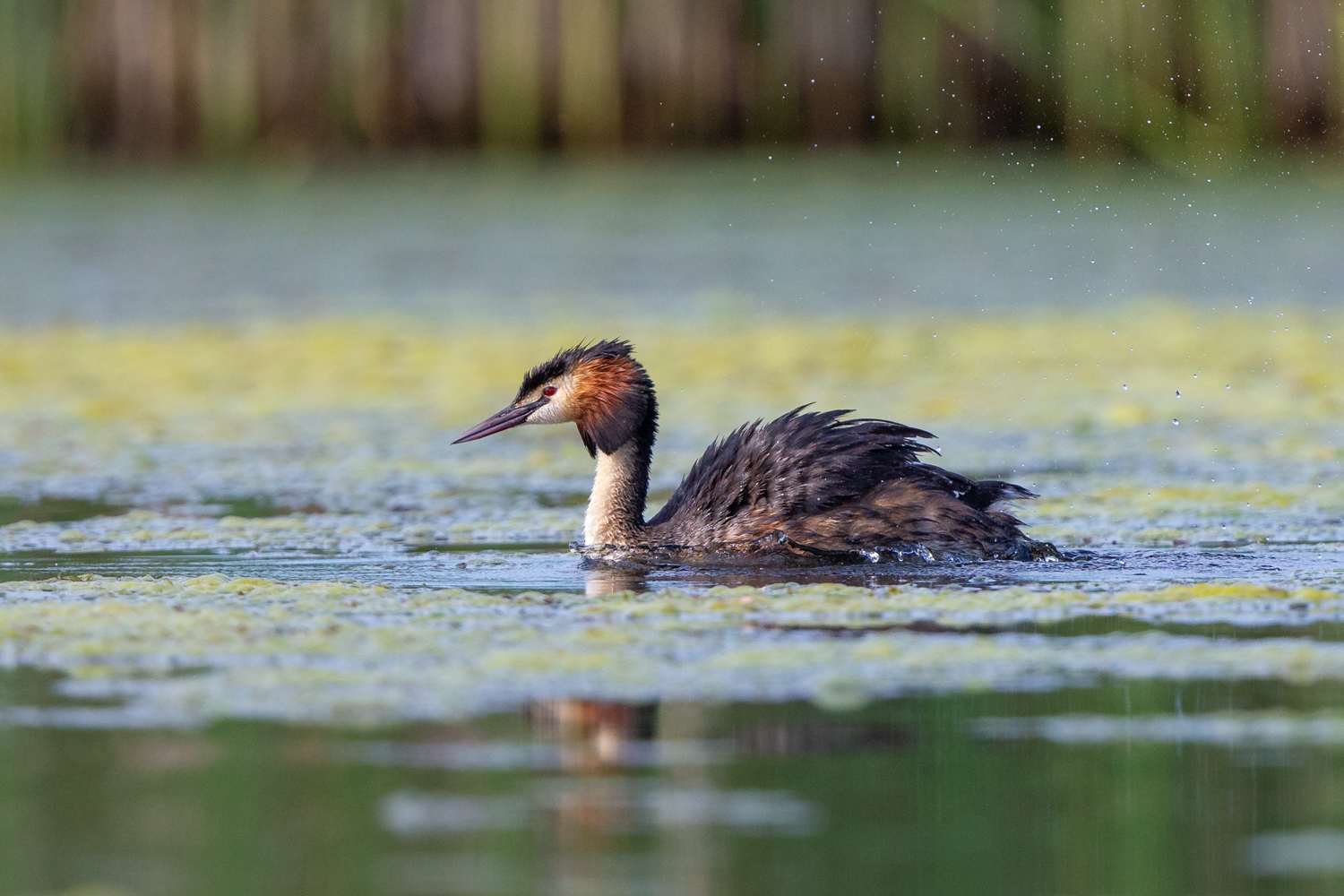
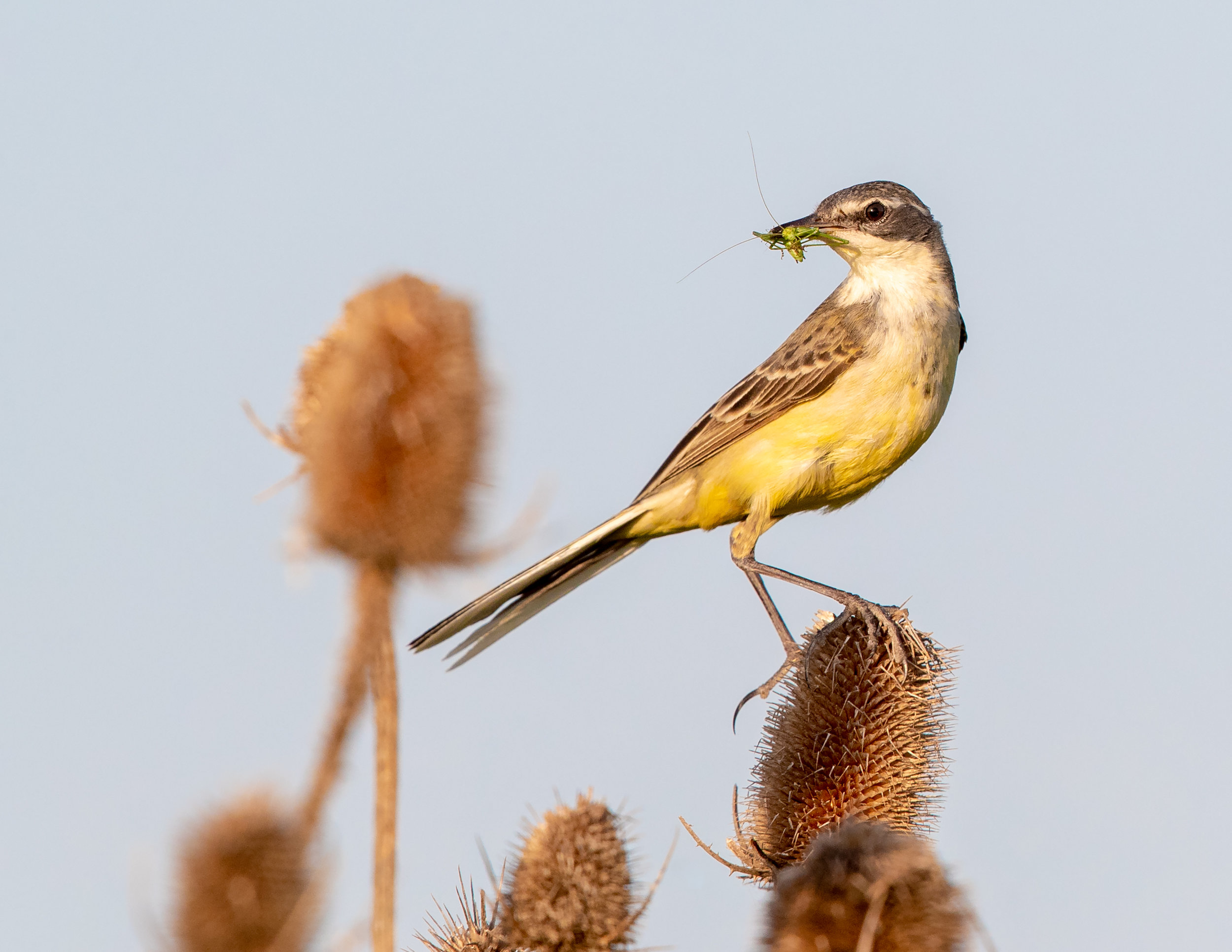
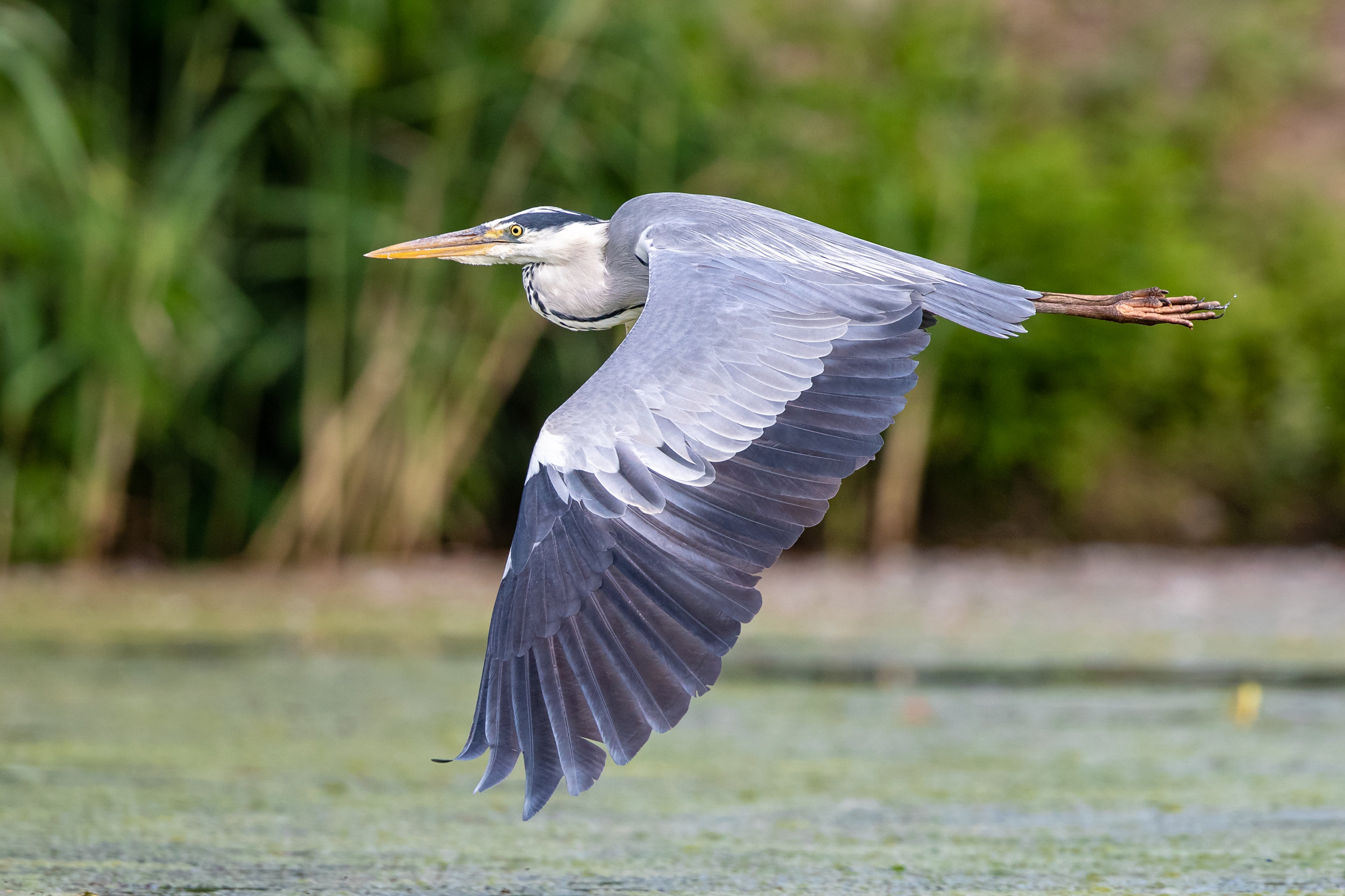
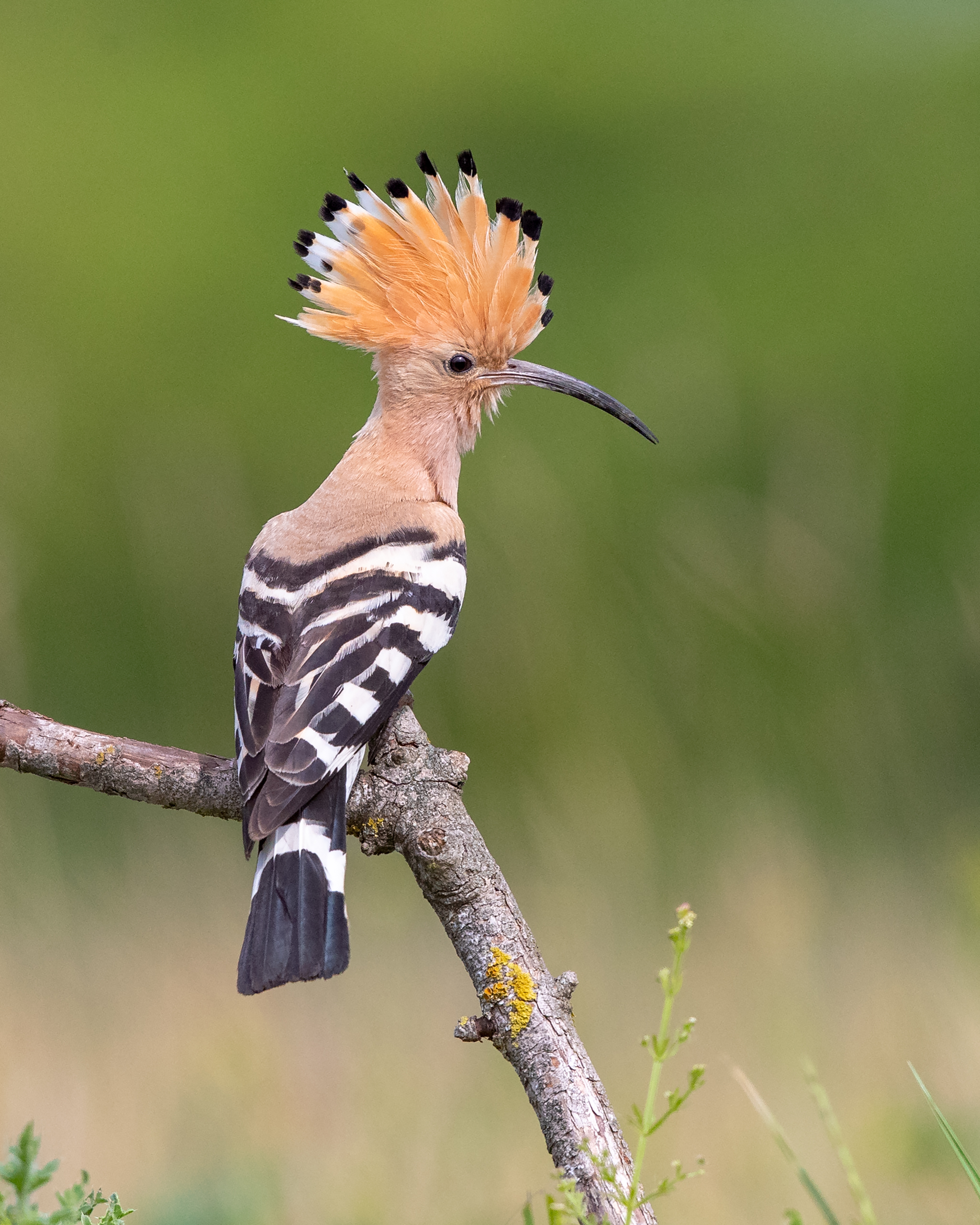
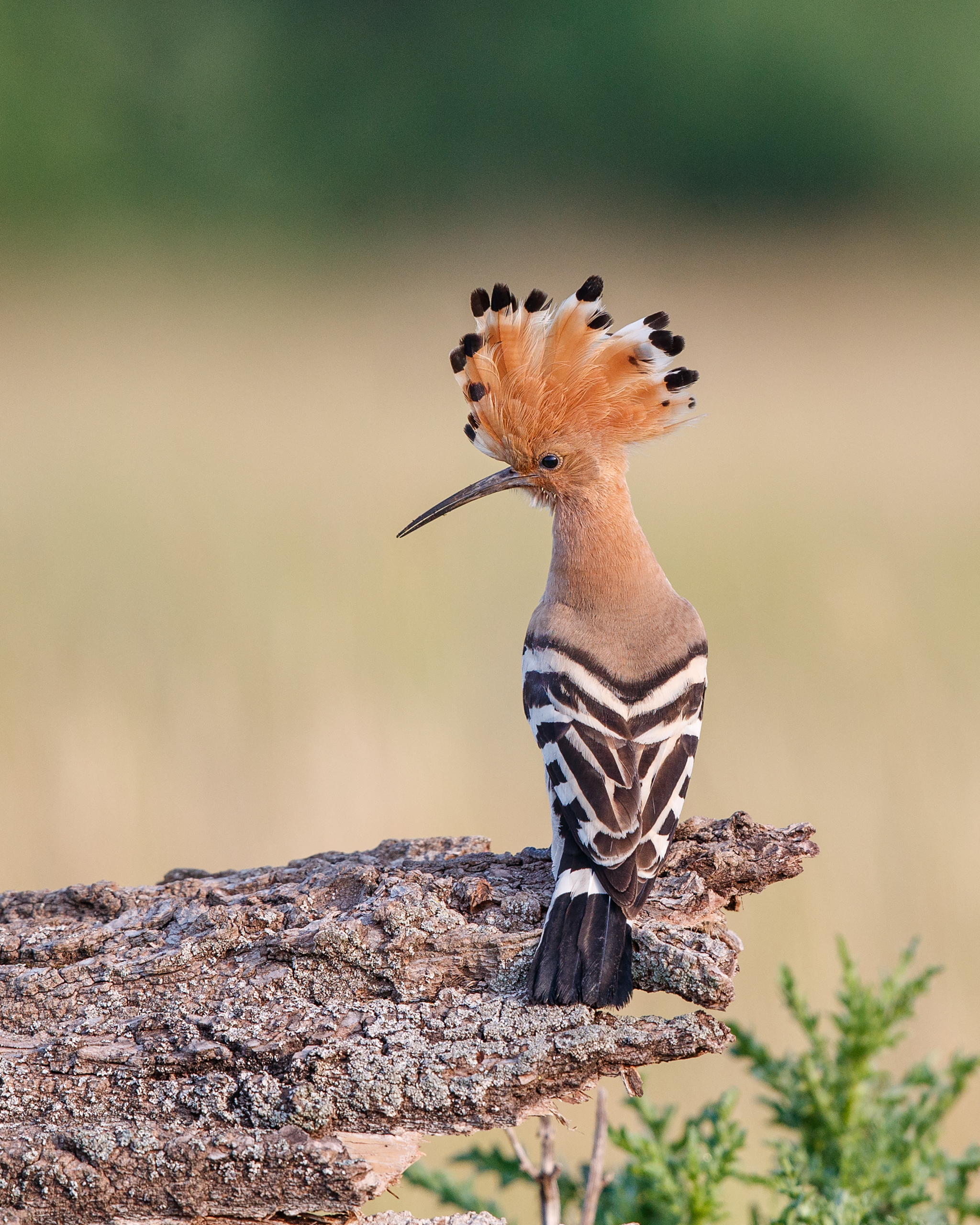
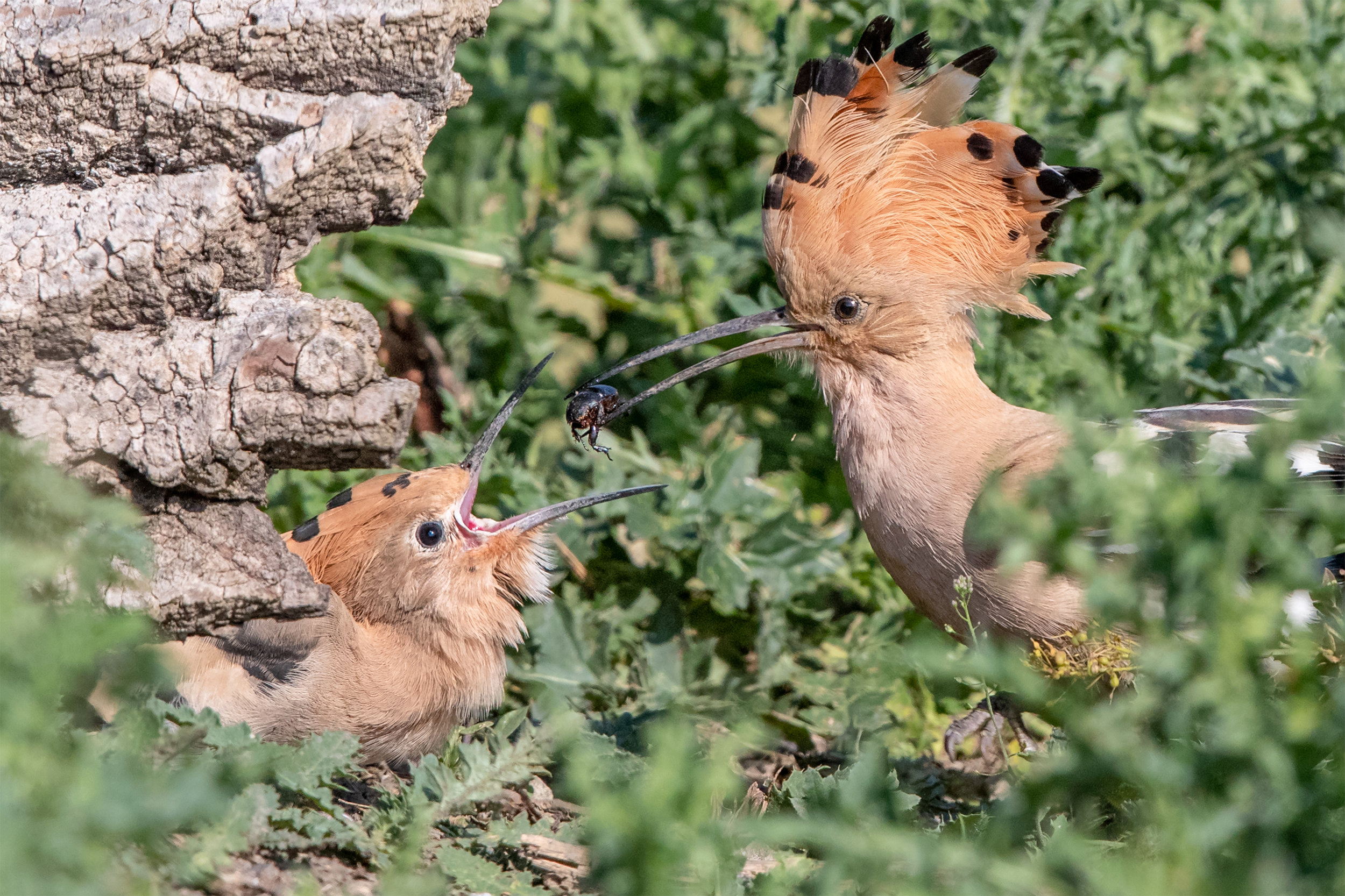
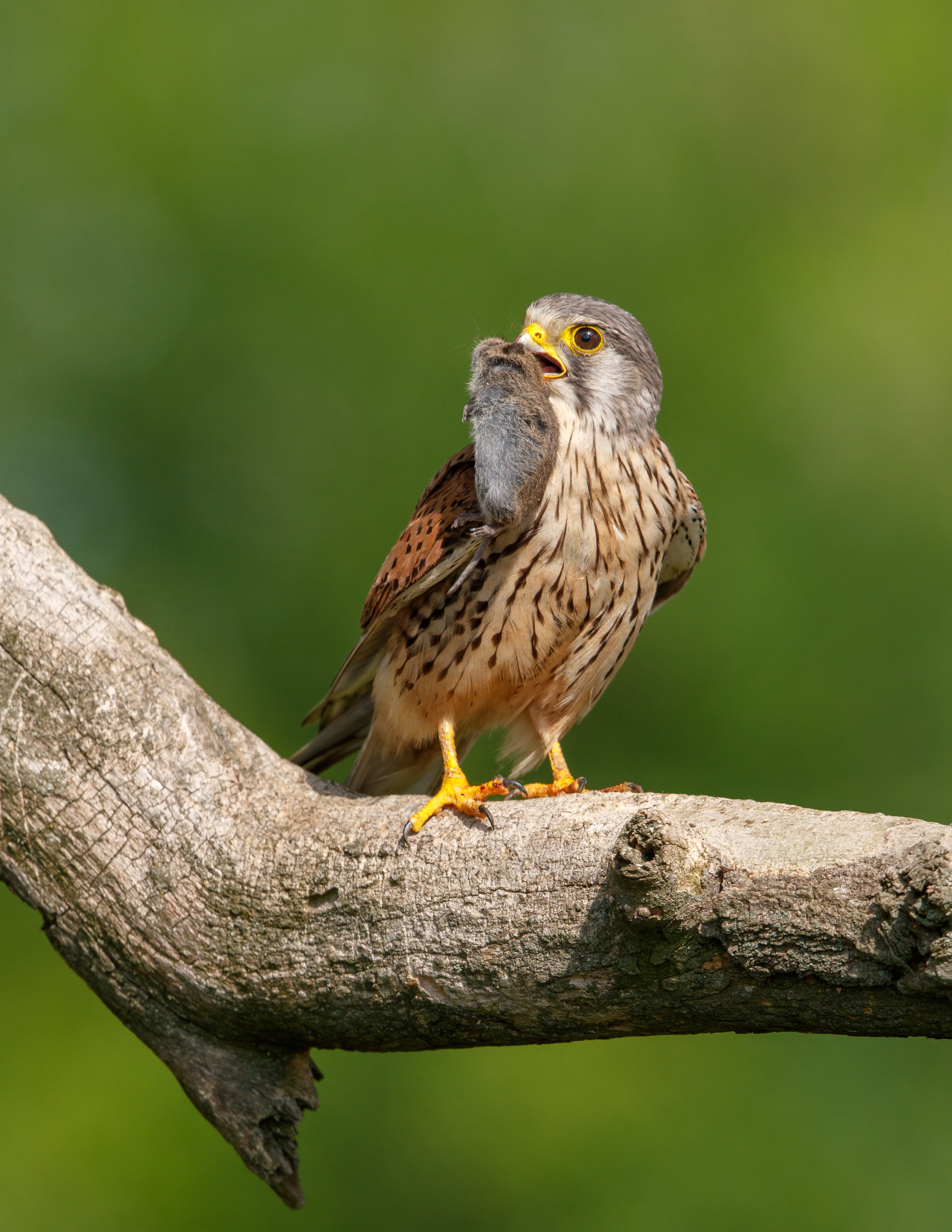
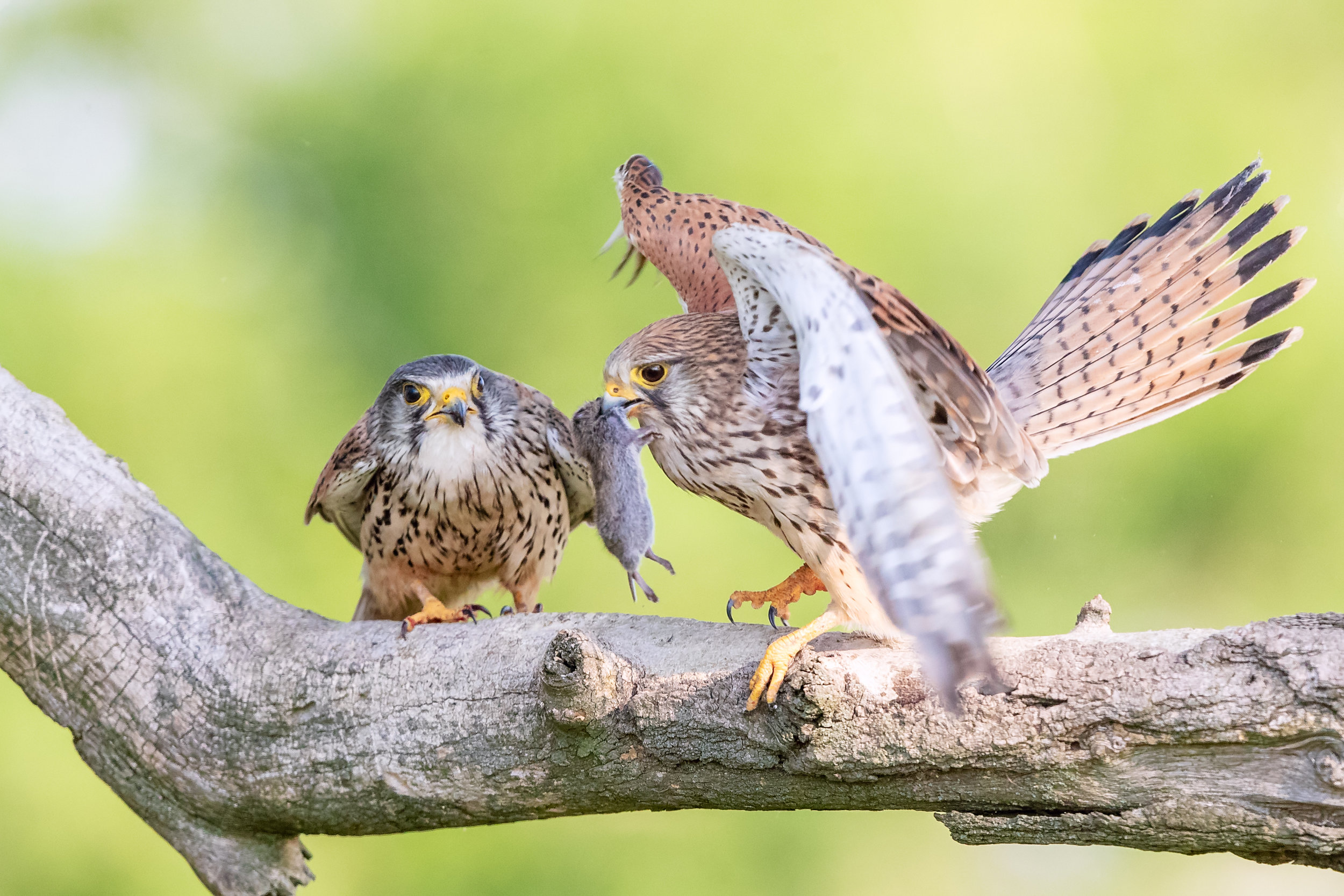
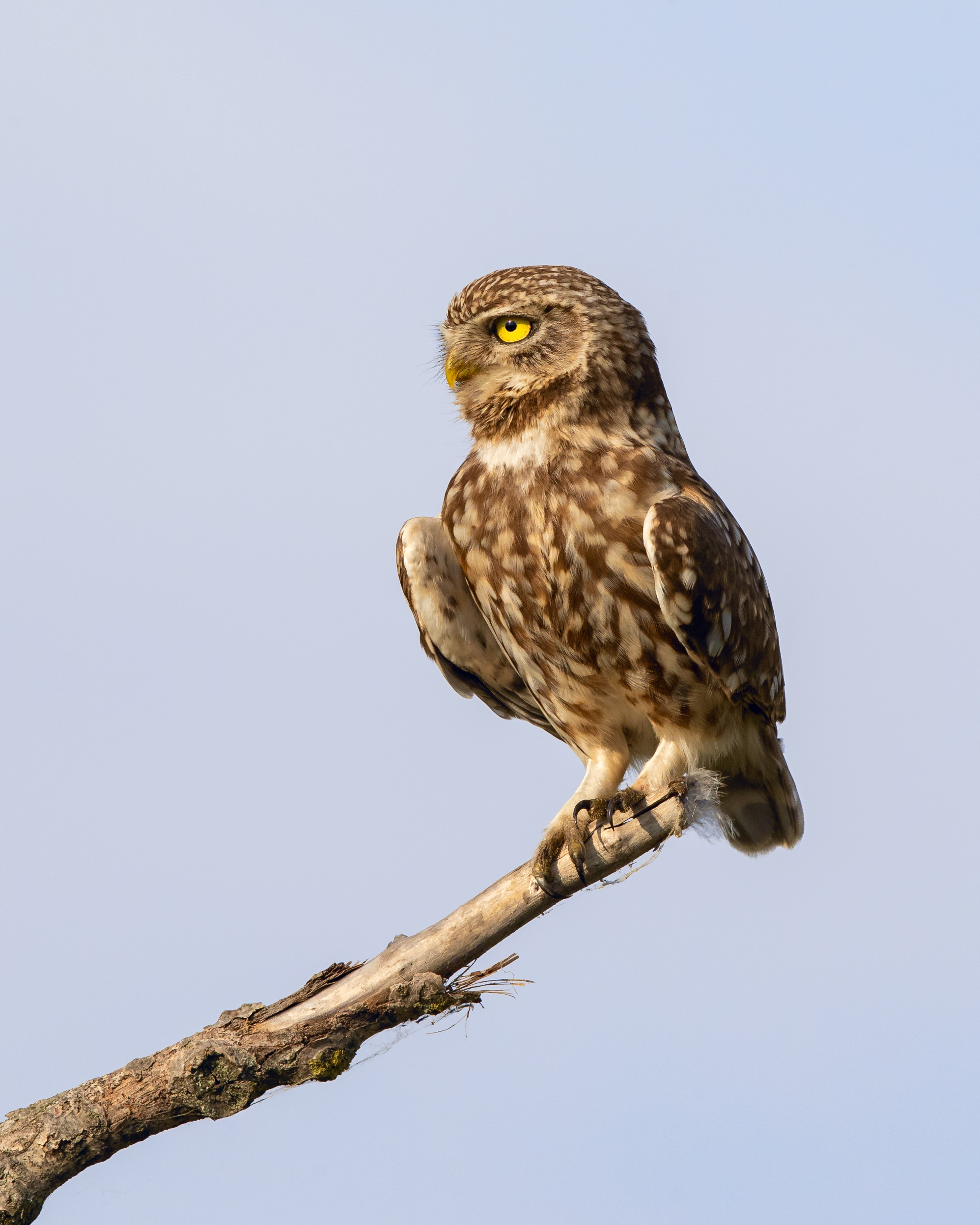
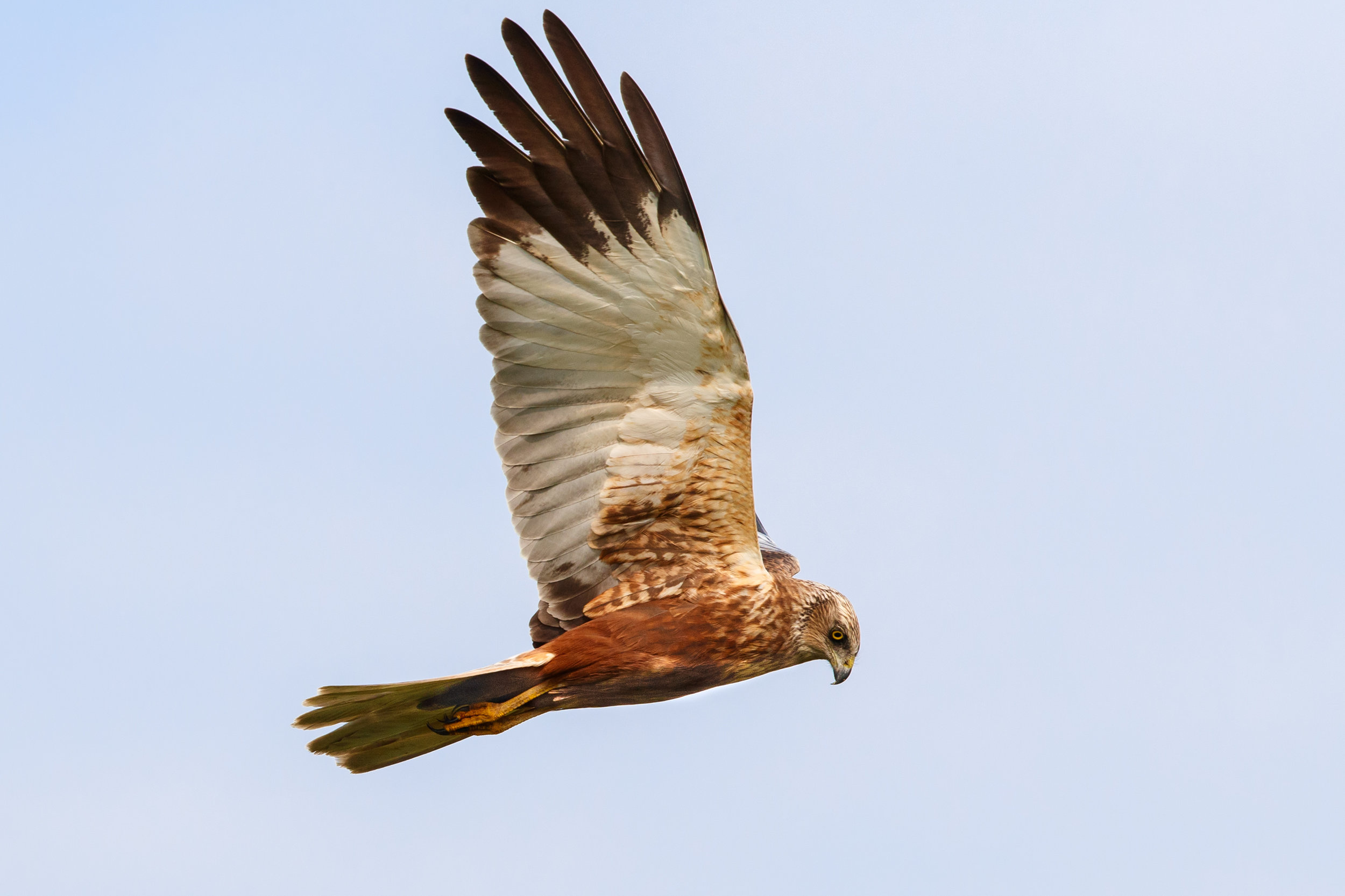
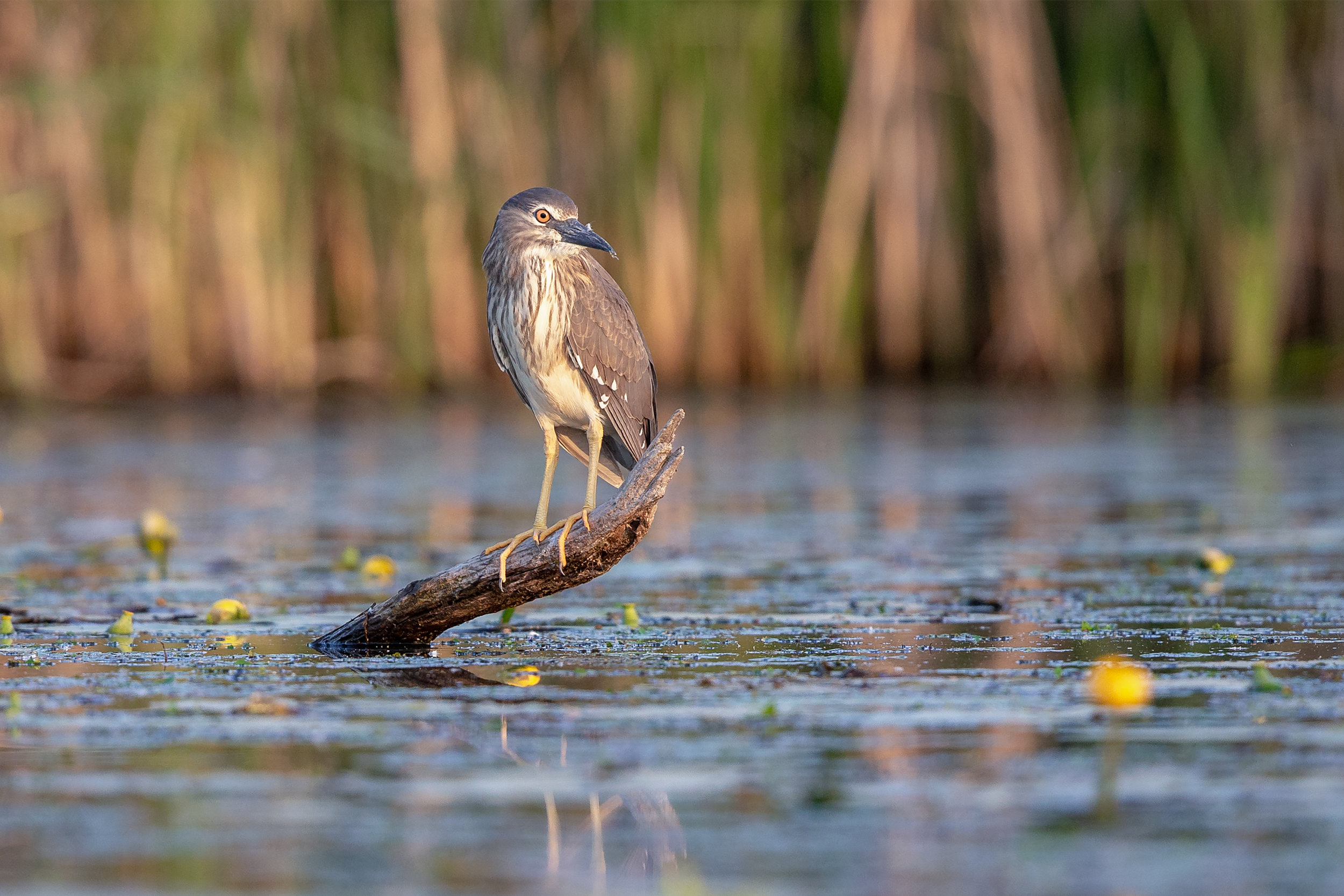
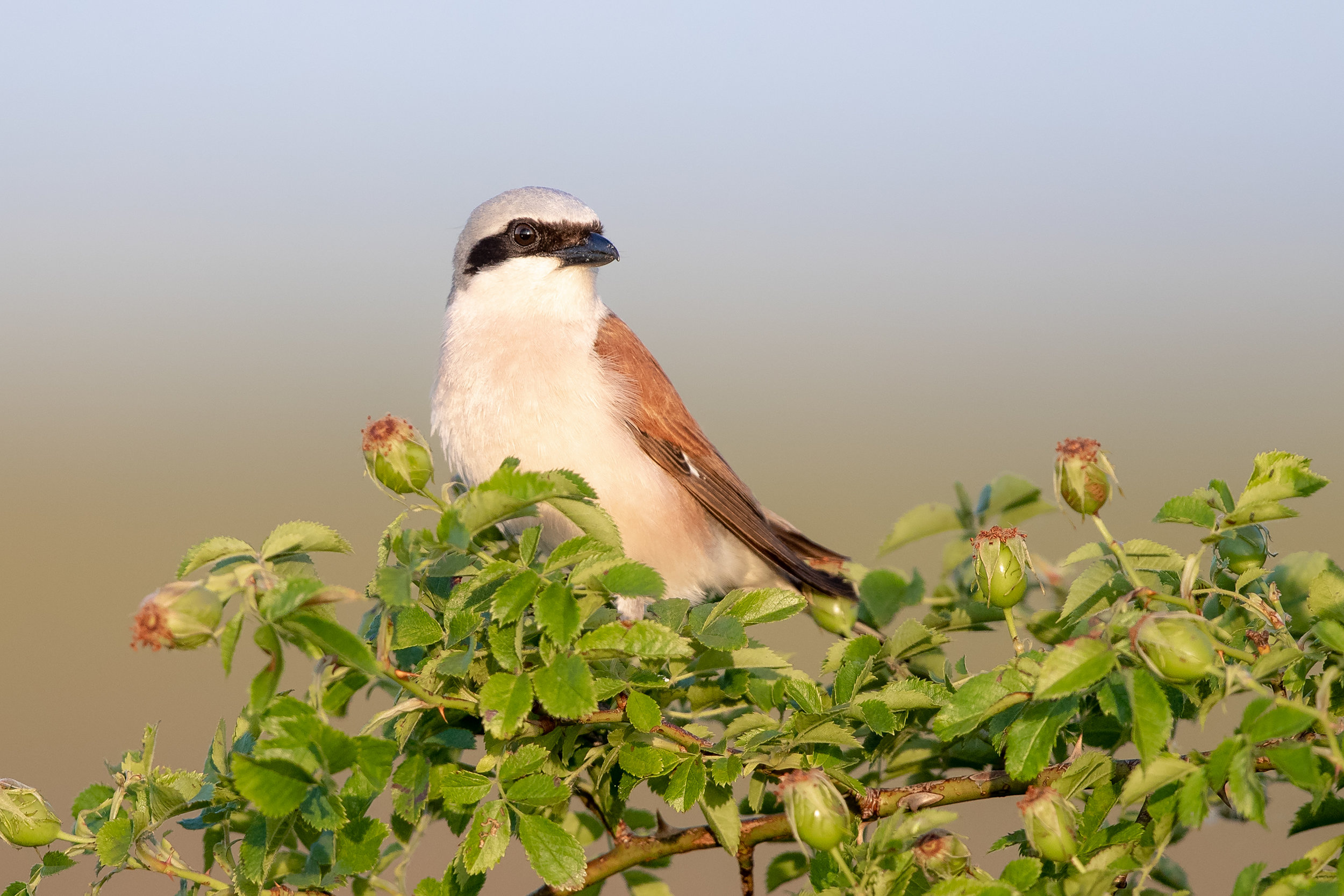
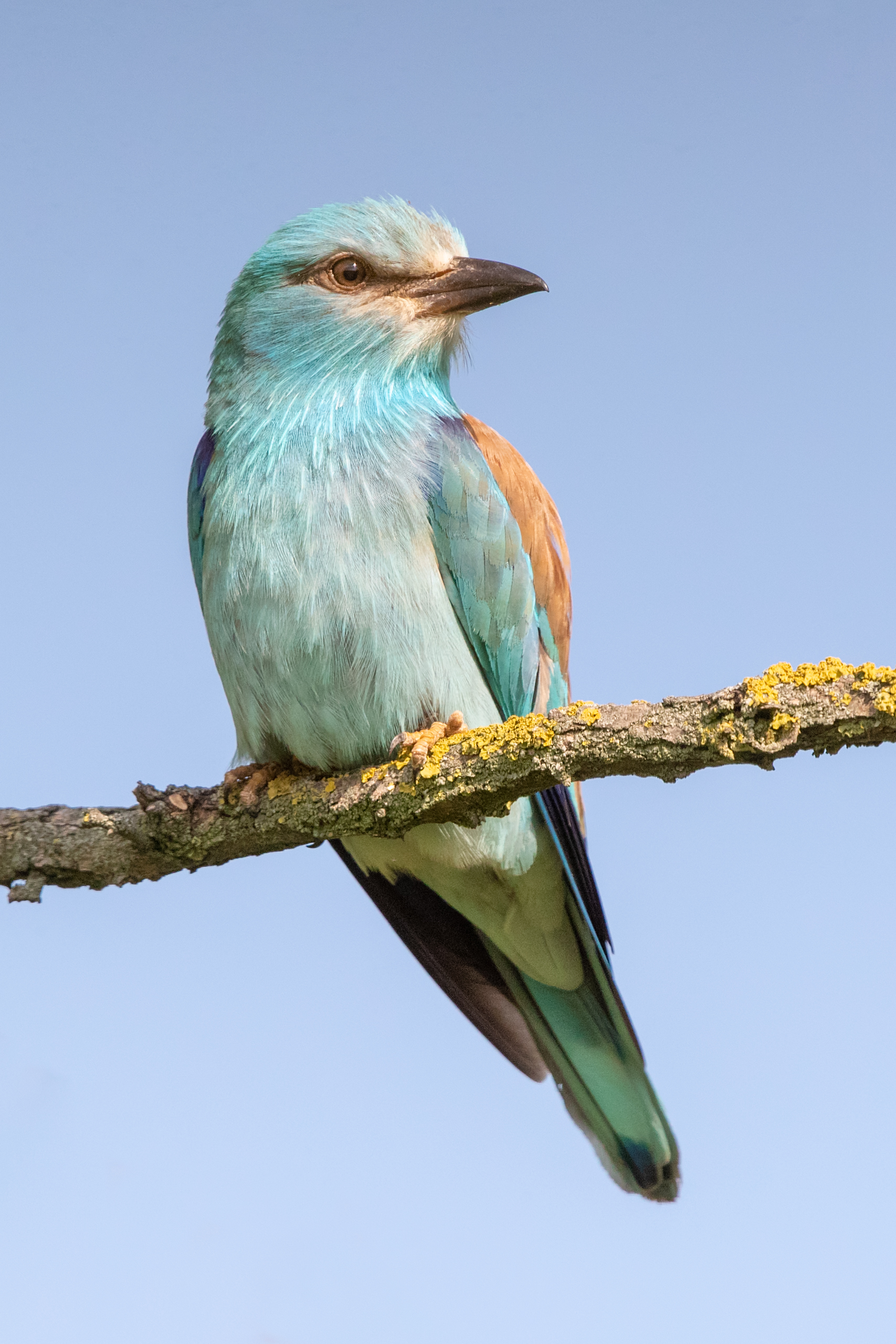
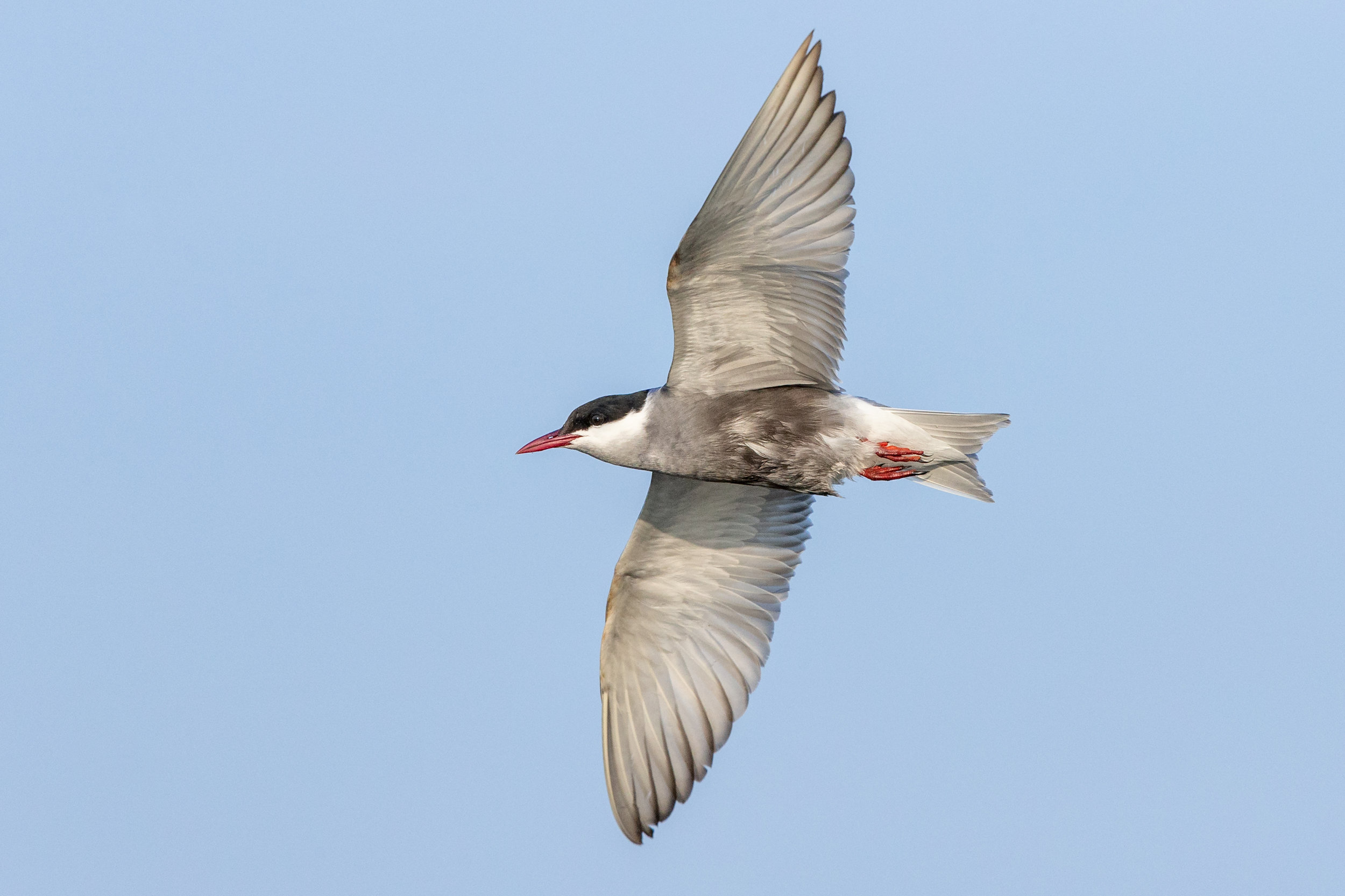
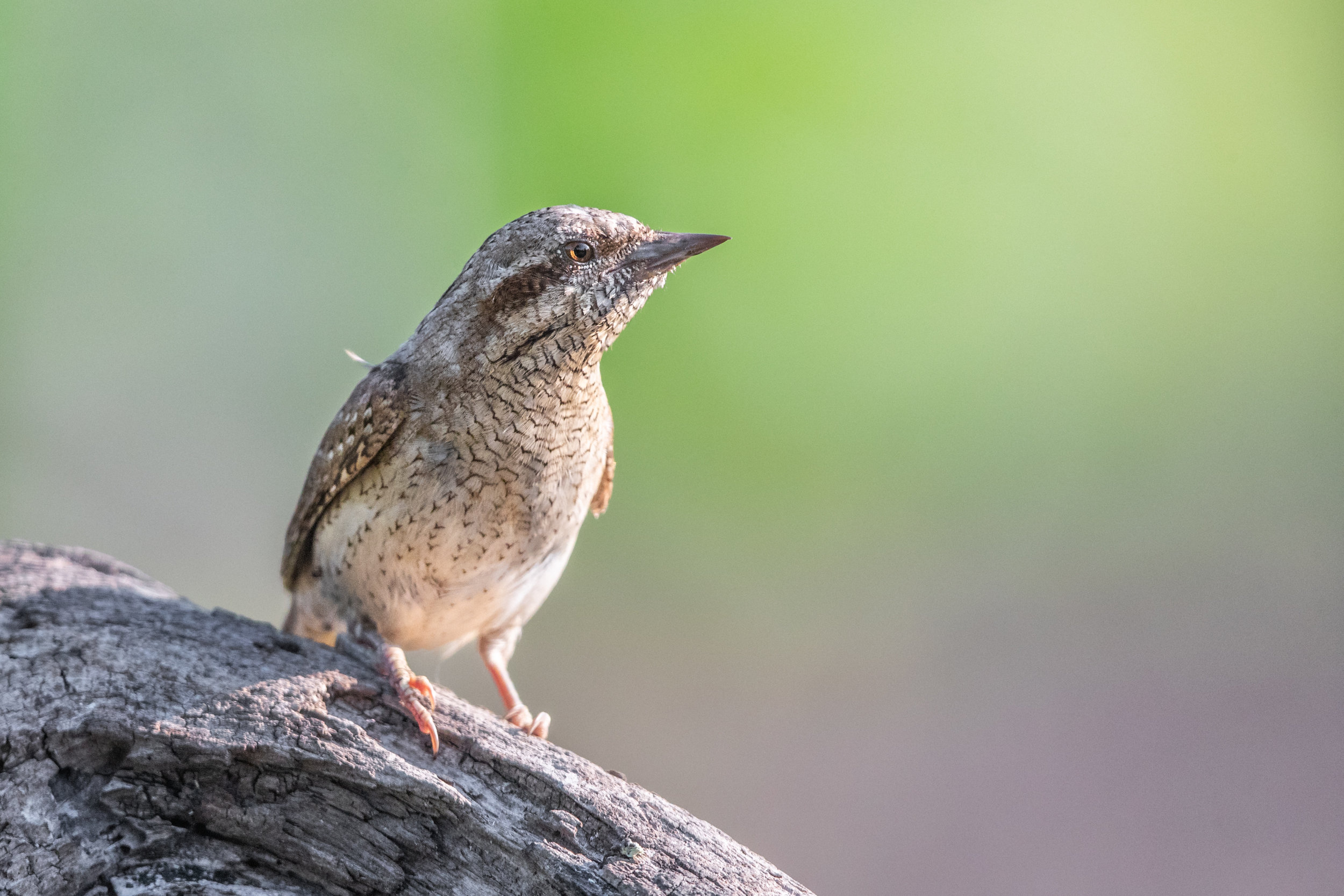

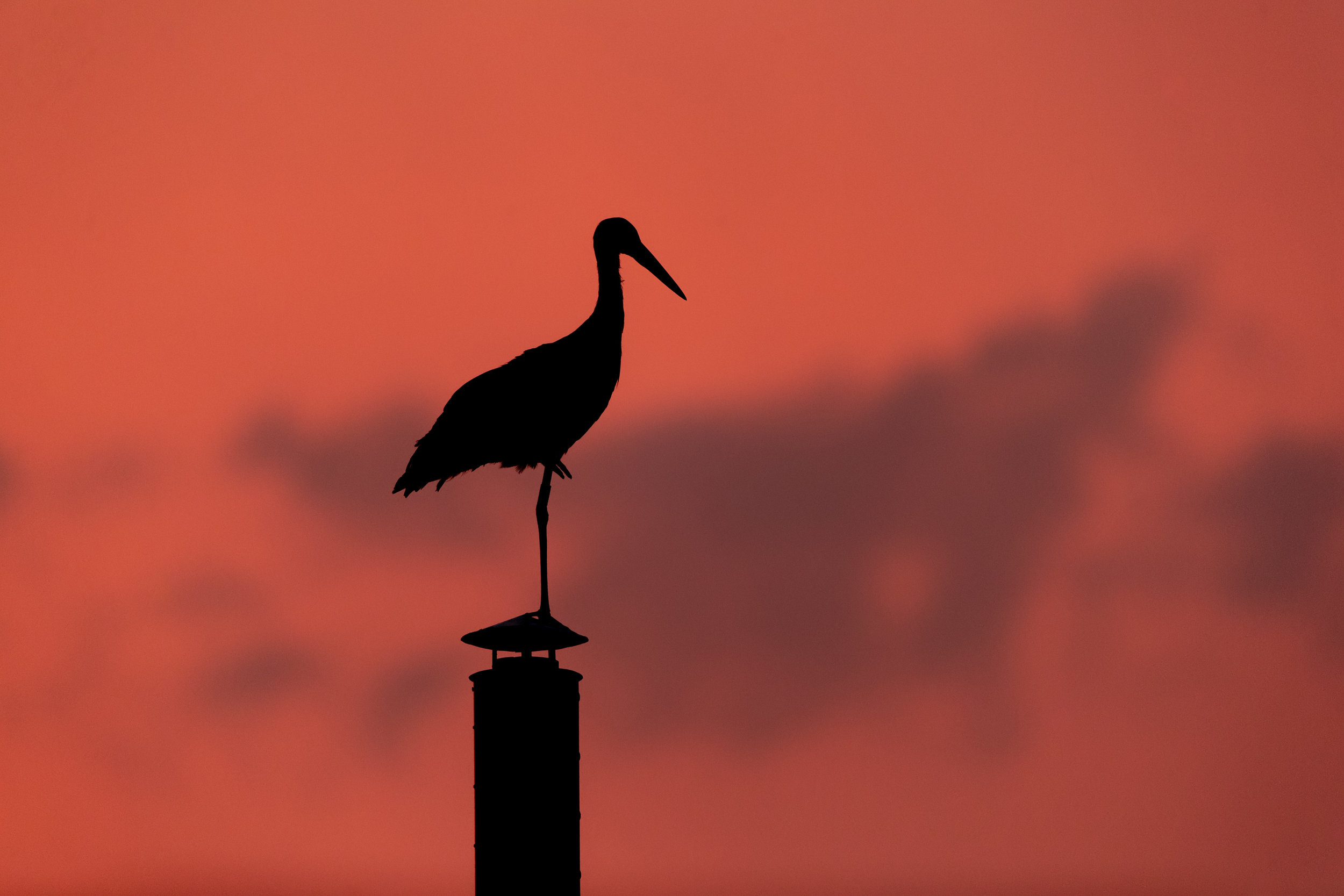
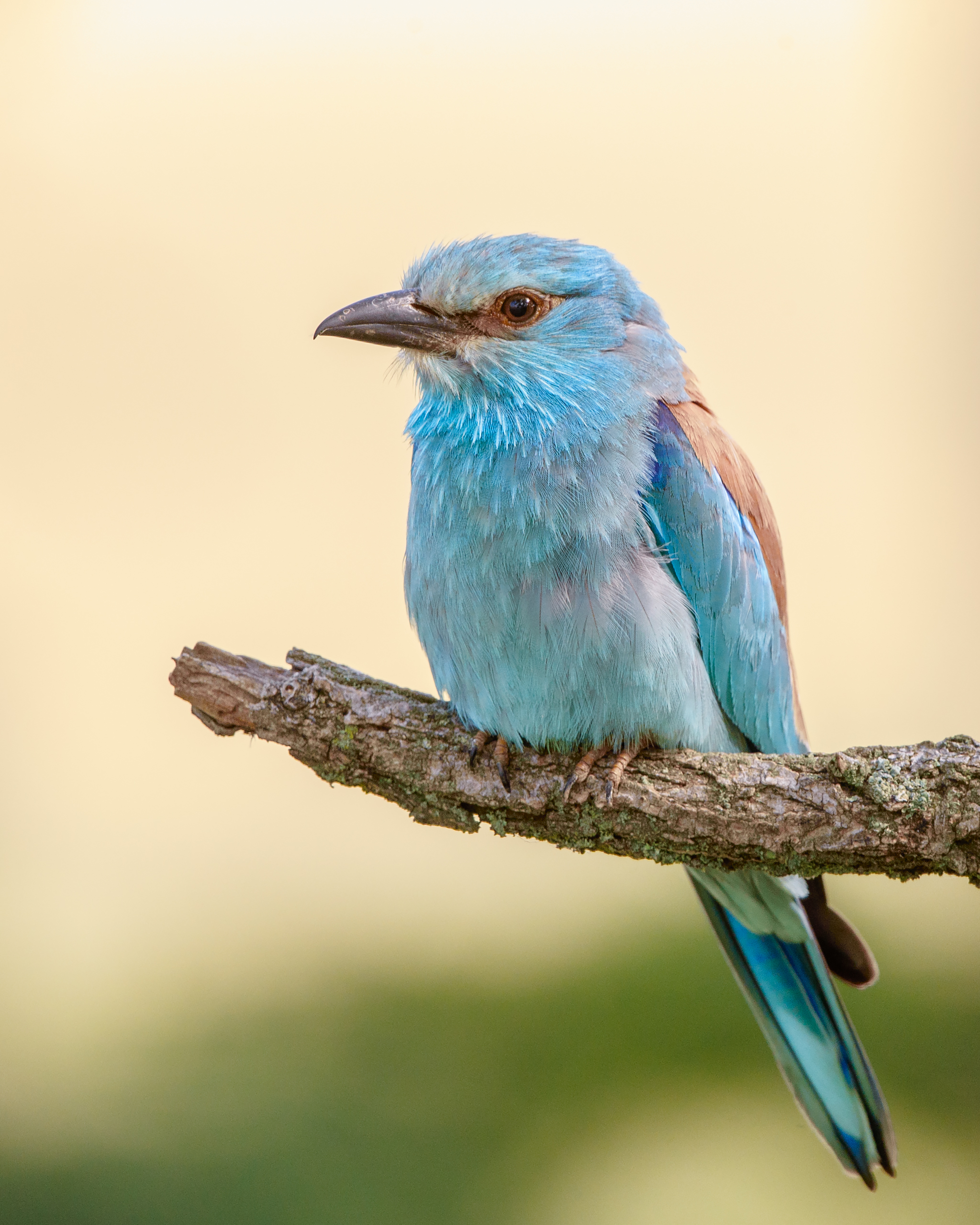
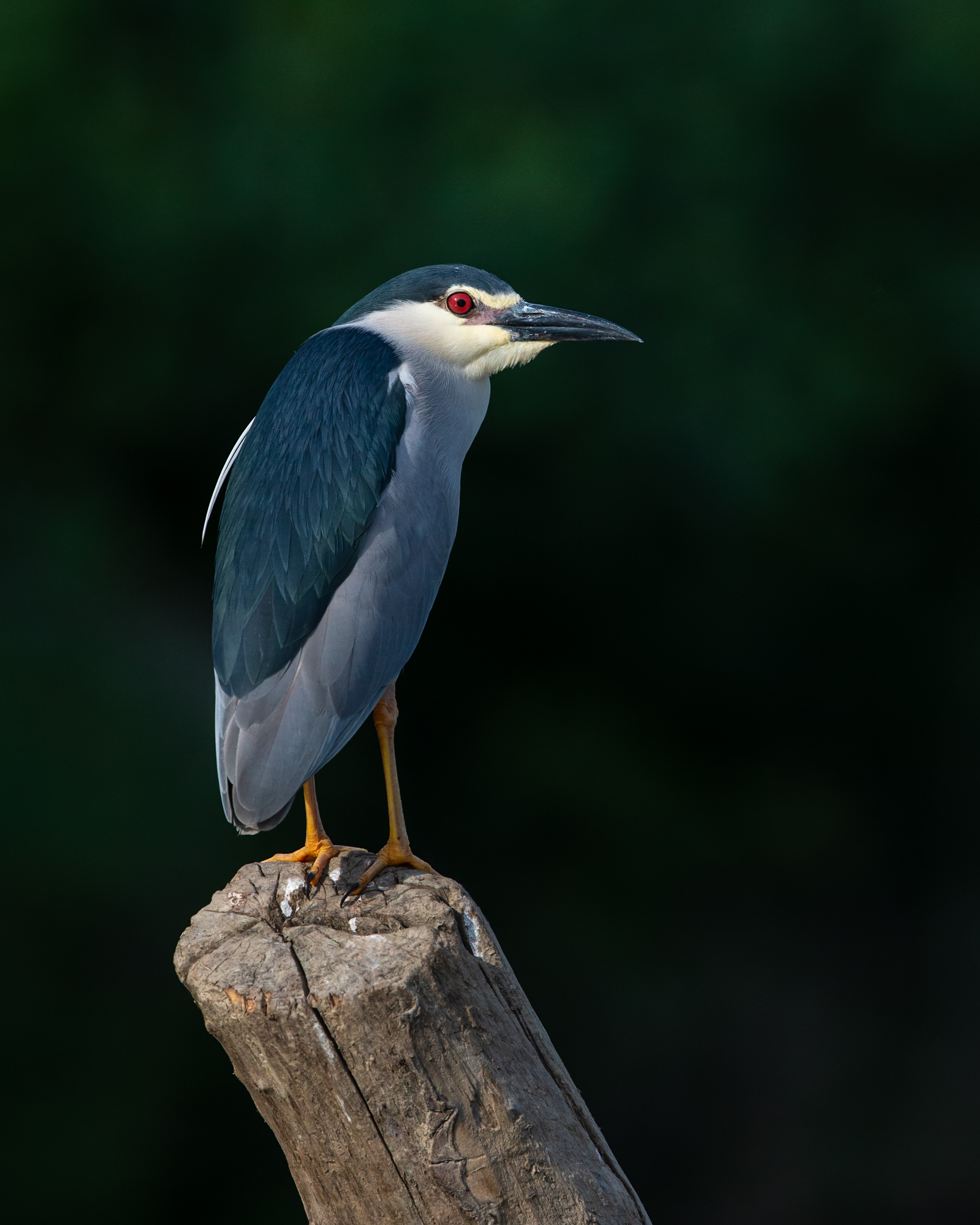
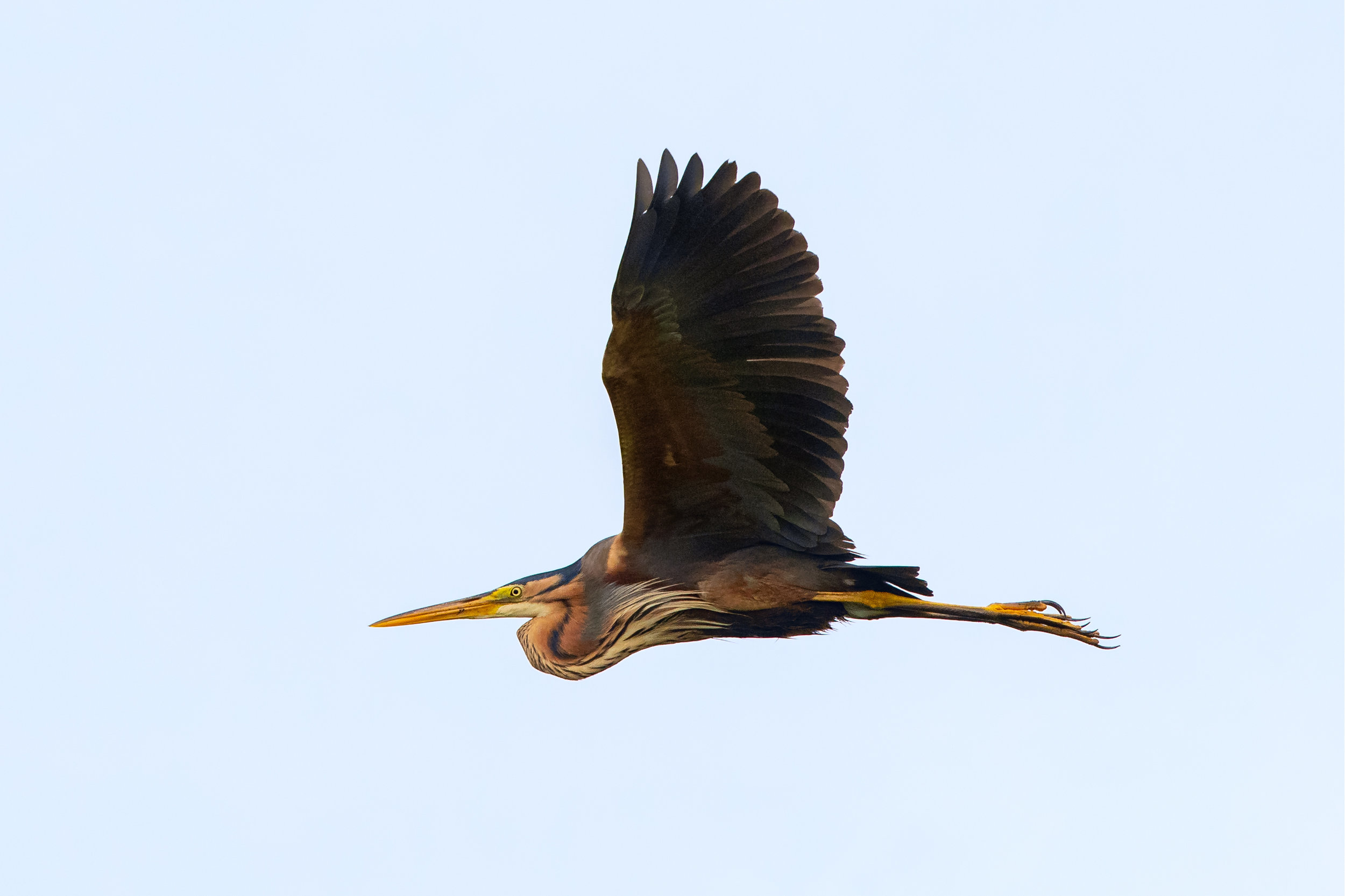
Near the nesting bank, 6:30pm, overcast
Single precision focus point on eye, aperture priority mode, -1/3 compensation
1DX II, 500mm f/4 II + 1.4x III, 1/800, f/5.6, ISO 2500
Not much available light for this shot, hence the high ISO in order to keep the shutter speed up. 1/800 at 700mm won’t get the shaking feathers razor sharp but that adds to the sense of motion I think, the birds head stays almost still so it’s sharp - this is key as blurred eyes are quickly picked up by the viewer.
I used the histogram to make sure that the image was as bright as possible at capture. This meant I wouldn’t need to brighten it in post processing. This results in less image noise than if the image is underexposed at a lower ISO. I ran the image through a noise reduction package (NeatImage) to minimise noise.
Main Hoopoe hide, 10:15 am, overcast sky
1DX II, 500mm f/4 II, 1/800, f/5.6, ISO 1250
Single precision focus point on eye, aperture priority mode
Aperture stopped down 1 stop from maximum to keep more of the bird in focus.
This would have been a much better shot if the Hoopoe’s crest had been raised, but the soft light was too nice not to take the shot.
Boat trip, 5pm
1DX, 500mm f/4 II + 1.4x III, 1/2000, f/6.3, ISO 800
Single precision focus point on the eye, aperture priority mode.
Shutter speed kept high as focal length of 700mm susceptible to motion blur from combined hand-holding and motion of boat.
I shot from a little higher than boat deck level in order to cut out the background reeds and retain a consistent background of water.
Pop-up hide at the higher level site shooting back towards the road, 4:30pm, slightly overcast
1DX II, 500mm f/4 II + 1.4x III, 1/1000, f/6.3, ISO 1000
Single precision focus point on eye, manual exposure mode
I was very lucky to get away with 1/1000 sec at 700mm - normally movement of the bird at this magnification would result in motion blur. Luckily the Bee Eater froze in this position for a few moments.
Tower hide, 5:45 am, soft sunlight
1DX II, 500 f/4 II, 1/800, f/5, ISO 800
Single precision focus point on eye, aperture priority
The light was still fairly soft before 6am (you’ll have seen that it can be quite harsh in unshaded places later in the morning). Getting a precise focus on the head rather than the back is crucial to avoid drawing the eye to the wrong place. It’s also worth shuffling about to make sure the bird is in front of either wholly green or wholly blue background - be careful not to have the tree / sky boundary cutting through (or too close to) the Kestrel.
Head angle is important in rear-view shots - it’s best to wait until the bird is looking directly sideways, or back towards the camera. If the bird is looking forwards even slight then the image will have far less impact.
Tower hide, 7:45 am, bright sunlight
Single precision focus point on side of head, aperture priority
1DX II, 500 f/4 II + 1.4x III, 1/500, f/8, ISO 1000
The sunlight is getting quite harsh on exposed branches by this time. I used the histogram and highlight alert on the playback to check nothing was burned out. I kept the shutter speed fairly low to reduce the ISO as I knew I would have to boost the shadows in post processing and the shadows are where most high ISO noise is found.
For post processing, I reduced the contrast, raised the shadows and lowered the highlights. I ran a bruch down the left side of the hide with +2/3 exposure to further open up deep shadows there. I then used a little clarity to put a little mid tone contrast back in. Both saturation and vibrance were raised to boost the colour saturation as bright sunlight tends to wash out colours. The lens was stopped down one stop from maximum aperture to increase depth of field and keep more of the bird in sharp focus, and also because this gives a sharper image overall when using an extender.
Site in quarry near nesting bank, 7:30 am, sunny. The bird was flying along the ridge above the bank.
1DX II, 500 f/4 II, 1/2500, f/10, ISO 1600
All focus points active with user defined start point, modified AF case 6, manual exposure mode
Bee Eaters are very fast and are tricky to catch in flight, especially given the restricted view from the pop-up hides that we were using. You’ll need a high shutter speed, 1/200 upwards for 500mm.
Before each shot, I pre-focussed on the grass at the top of the bank so that I would be in the right general area. When the birds appeared flying along the ridge, I followed them and activated autofocus when they were larger than the central circle in the viewfinder.
The trick is to get the initial point on the head at the point you hit the focus button, then keep the bird within the section of the viewfinder covered by the focus points and follow its movement as smoothly as possible. The camera can then track the Bee Eater as the point you selected wobbles a bit off the head as you follow it. It does take a bit of practice, and it works best against a smooth, contrasting background. I also set the focus limit on my lens to 10m to infinity to speed up AF. This all-points technique works on Canon bodies with the latest generation: 1DX, 1DX II, 7D II, 5D IV, 5DS/R.
The all-point technique works even better on Nikon D5, D500 and D850 models - select 3D focus and erratic subject.
For all other camera models, the tracking (at present) isn’t fast enough to cope with Bee Eaters, so I recommend a single point or small group of points for these.
Boat trip, 5:50pm, overcast
1DX II, 500mm f/4 II, 1/2000, f/4.5, ISO 2000
All focus points active with user defined start point, modified AF case 6, manual exposure mode
Upper site, 17:50 pm, evening sunlight.
Single precision focus point on eye, aperture priority with no compensation
1DX II, 500mm f/4 II + 2x III, 1/1250, f/10, ISO 800
I don't usually use 2x extenders as the loss of light, contrast and image detail can be a problem. However, in the right conditions they can work well and this Bee Eater in plenty of light was a prime candidate.
Adding a 2x to my 500mm gave me the chance to get a detailed close up. There was enough light to stop down the lens a bit to improve sharpness while still allowing a high shutter speed for the inevitable wobble of a long focal length while tracking the bird's eye
Quarry site by nesting bank, 06:30, soft sunlight
Single precision focus point on eye, aperture priority no compensation
1DX II, 500mm f/4 II + 1.4x III, 1/500, f/8, ISO 1000
Quarry site, 6am
Manual focus, pre-focussed just behind branch, Aperture priority with -2/3 compensation
1DX II, 500mm f/4 II, 1/2000. f/9, ISO 800
Upper site, 7:30pm
Single precision focus point on beaks, aperture priority with +1/3 compensation
1DX II, 500mm f/4 II, 1/2000, f/7.1, ISO 1250
Upper site, 5:00pm
Single precision focus point on eye, aperture priority with -2/3 compensation
1DX II, 500mm f/4 II with 1.4x III, 1/800, f/9, ISO 1600
Bee Eaters will sometimes toss an insect into the air to re-position it before swallowing it whole. Once you know this, it’s a matter of being ready to fire a sequence of shots when you see a bird with a bug.
Jeep Safari, 5:15 pm
Single focus point on head, manual exposure mode
1DX II, 500mm f/4L II + 1.4x III, 1/2000, f/7.1, ISO 1250
The Bluethroat was moving from perch to perch, sometimes against a sky background, sometimes against darker vegetation. I used manual mode to keep the exposure constant and correct, what ever the background (aperture or shutter priority would tend to underexpose against the sky and overexpose against the darker background, requiring changes in exposure compensation as the bird moved around.
Bee Eater Quarry site, 6:15 pm
Single precision focus point on eye, aperture priority with +1/3 compensation
1DX II, 500mm f/4 II + 1.4x III, 1/1000, f/8, ISO 1600
Jeep safari, 5:00 pm
Single precision focus point on eye, manual exposure mode
1DX II, 500mm f/4 II + 1.4x III, 1/2000, f/8, ISO 1000